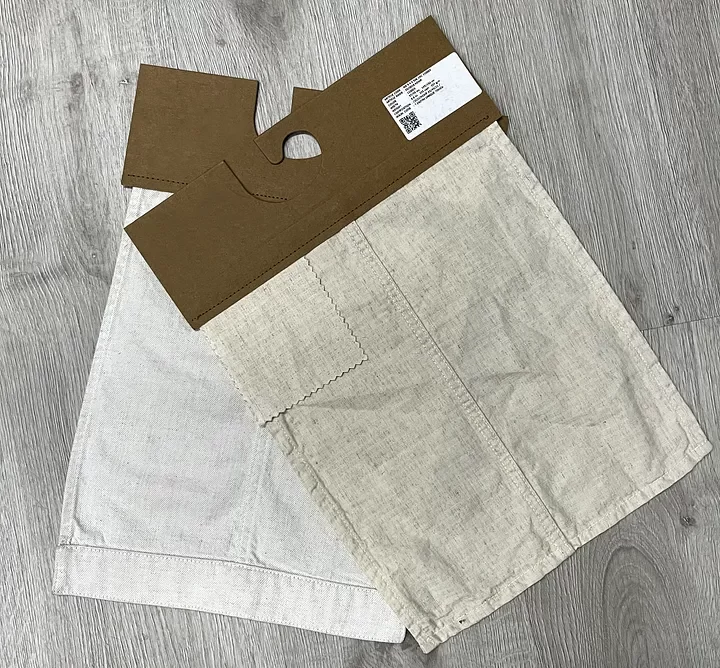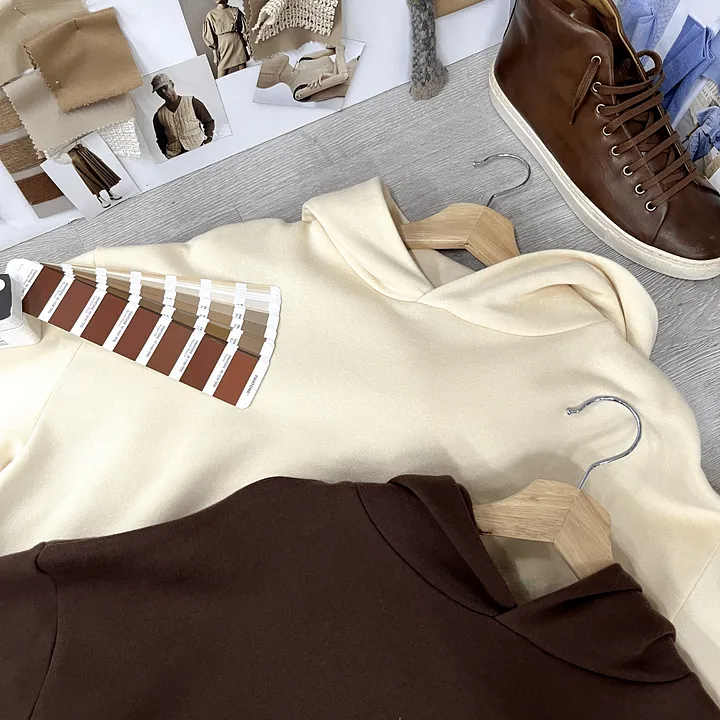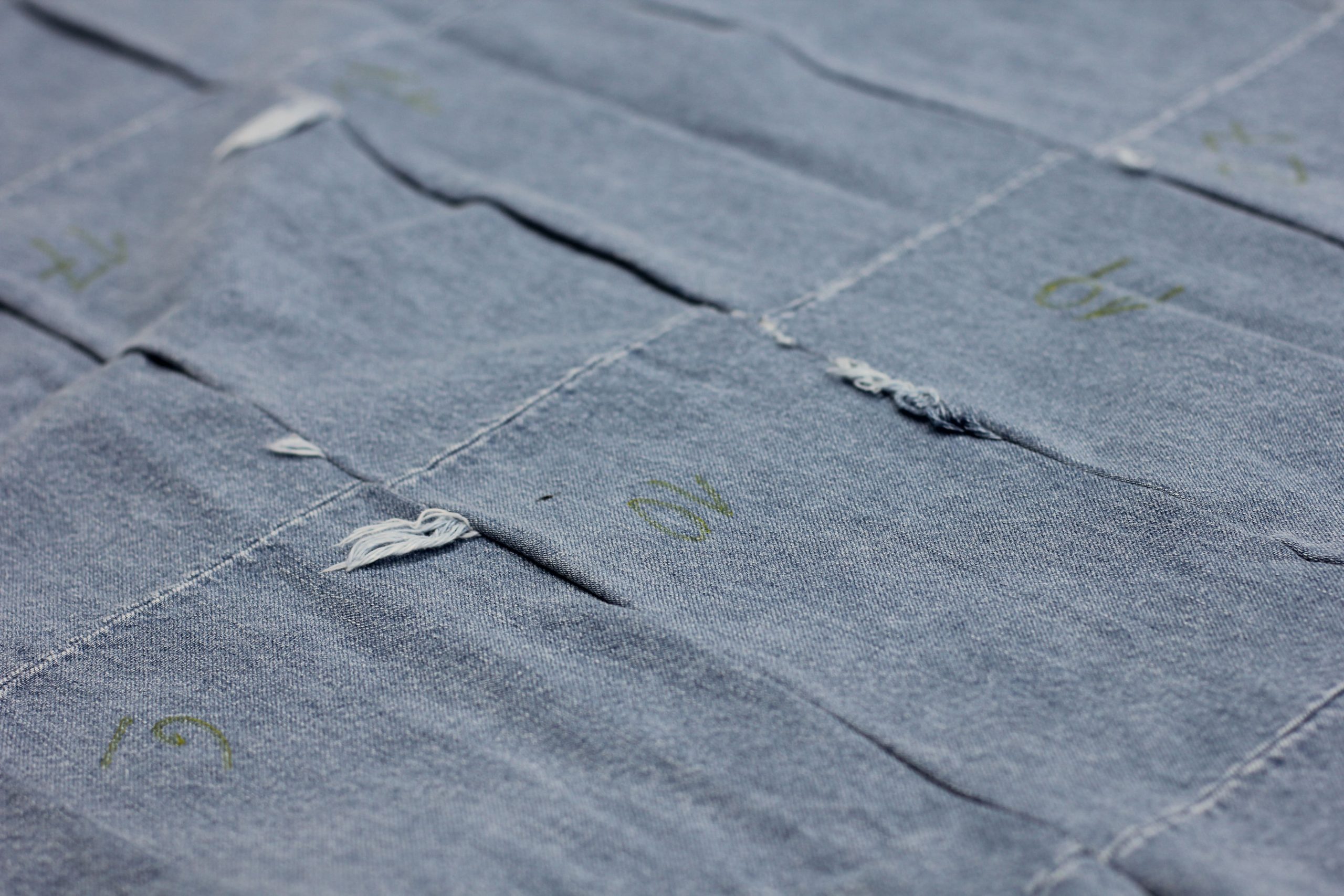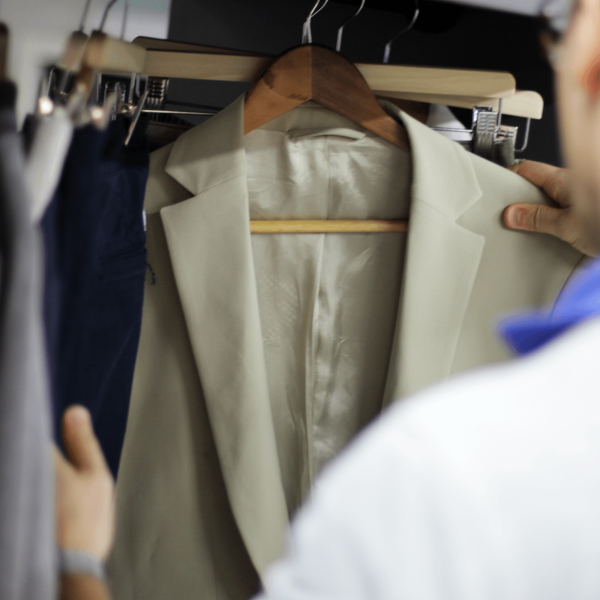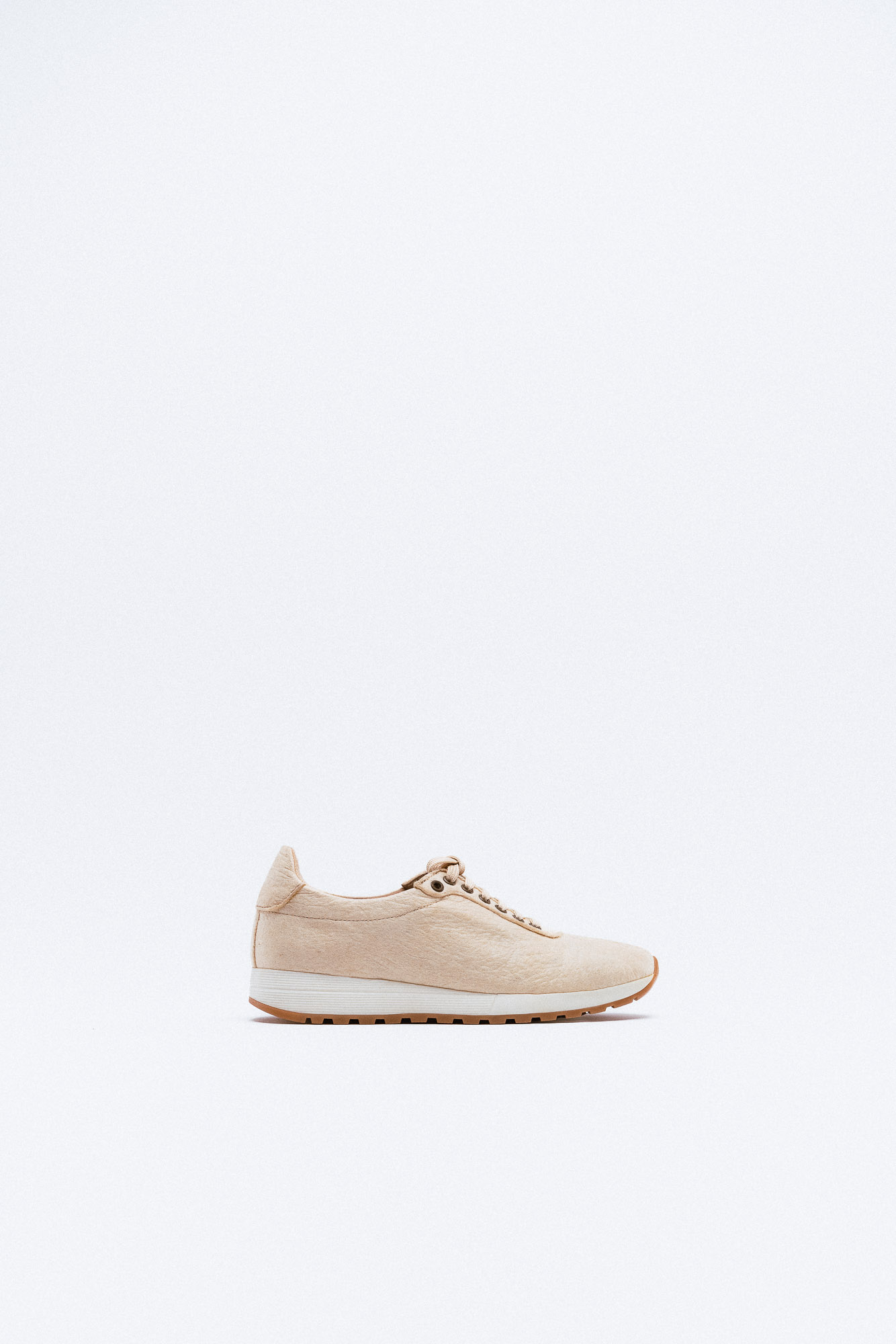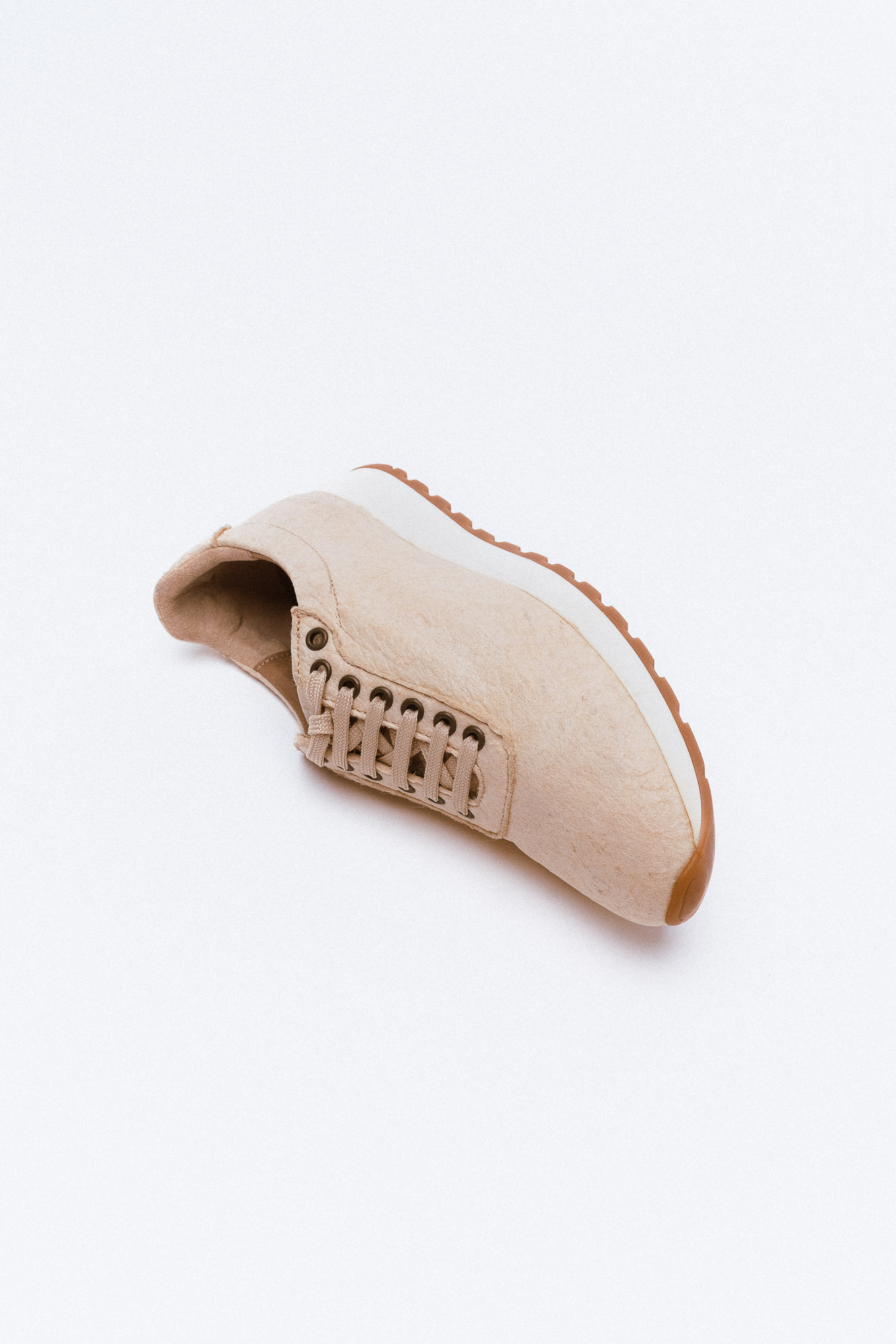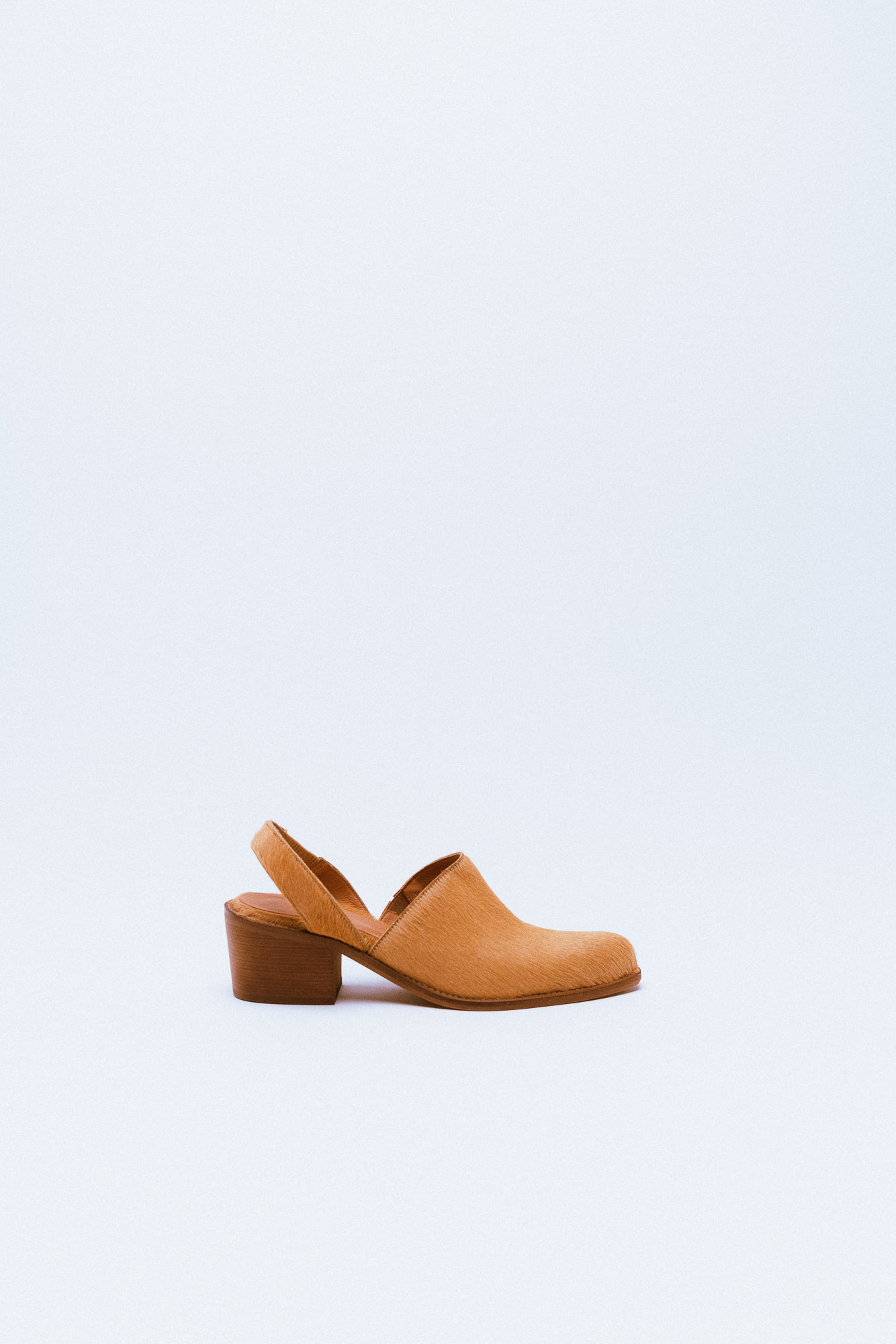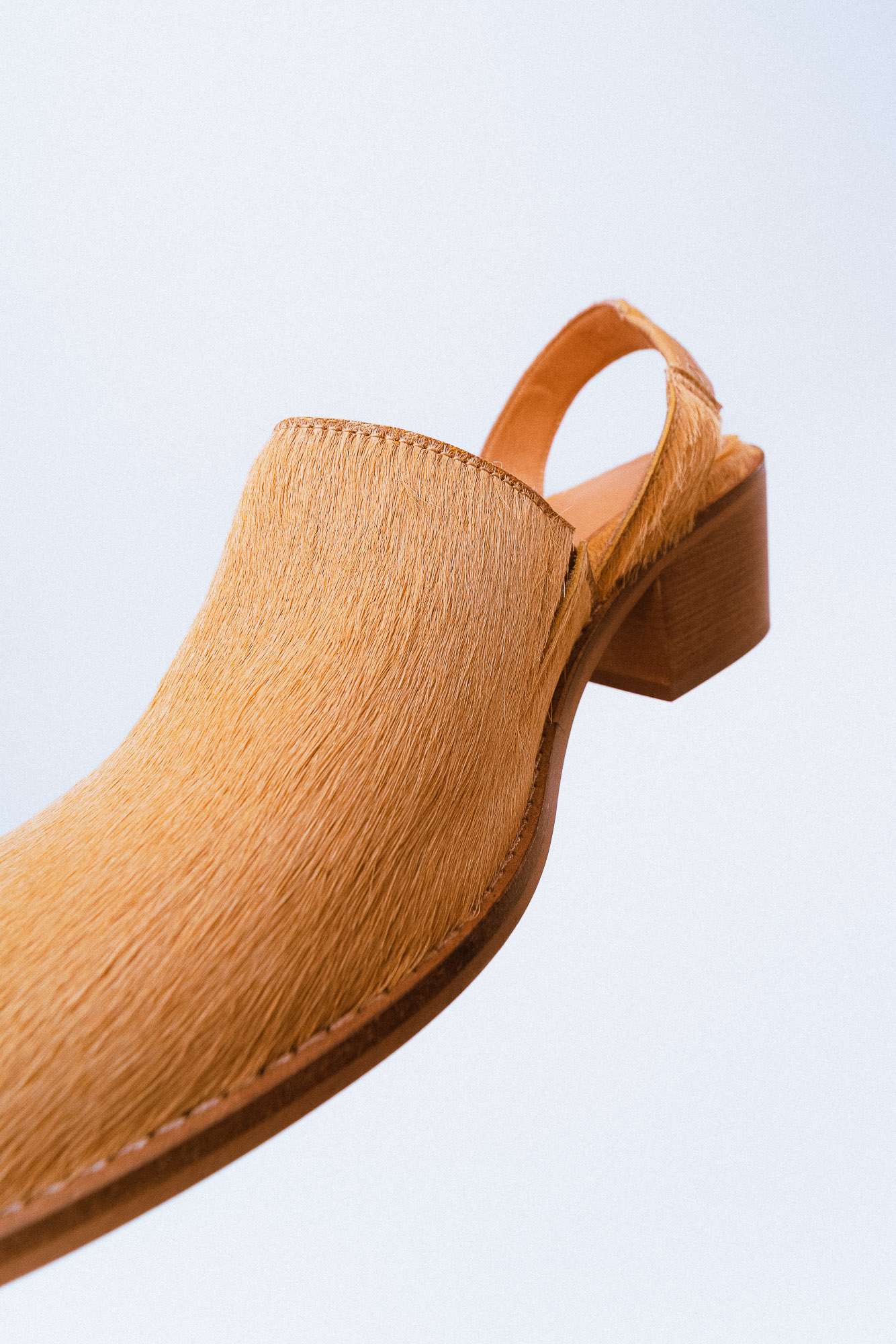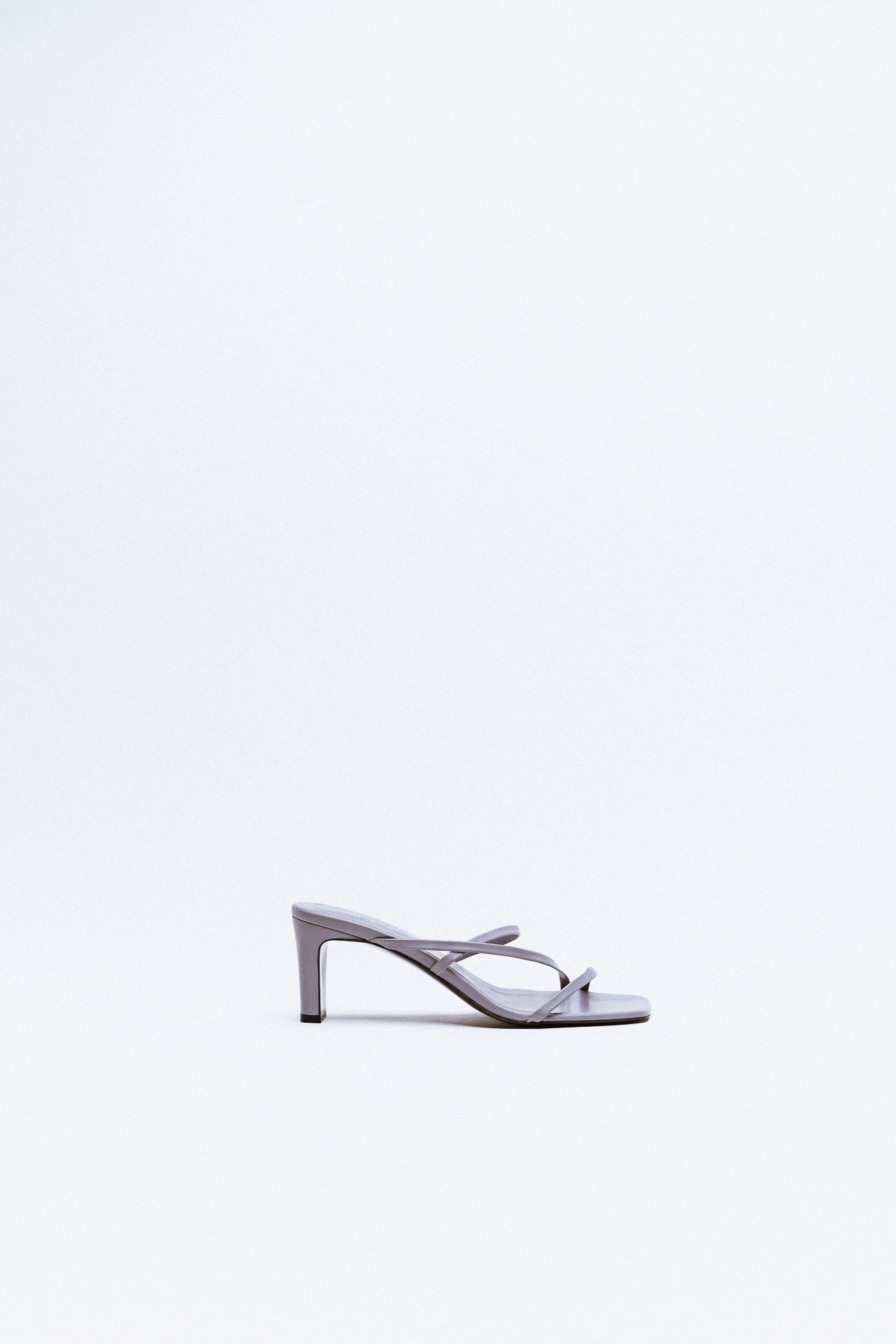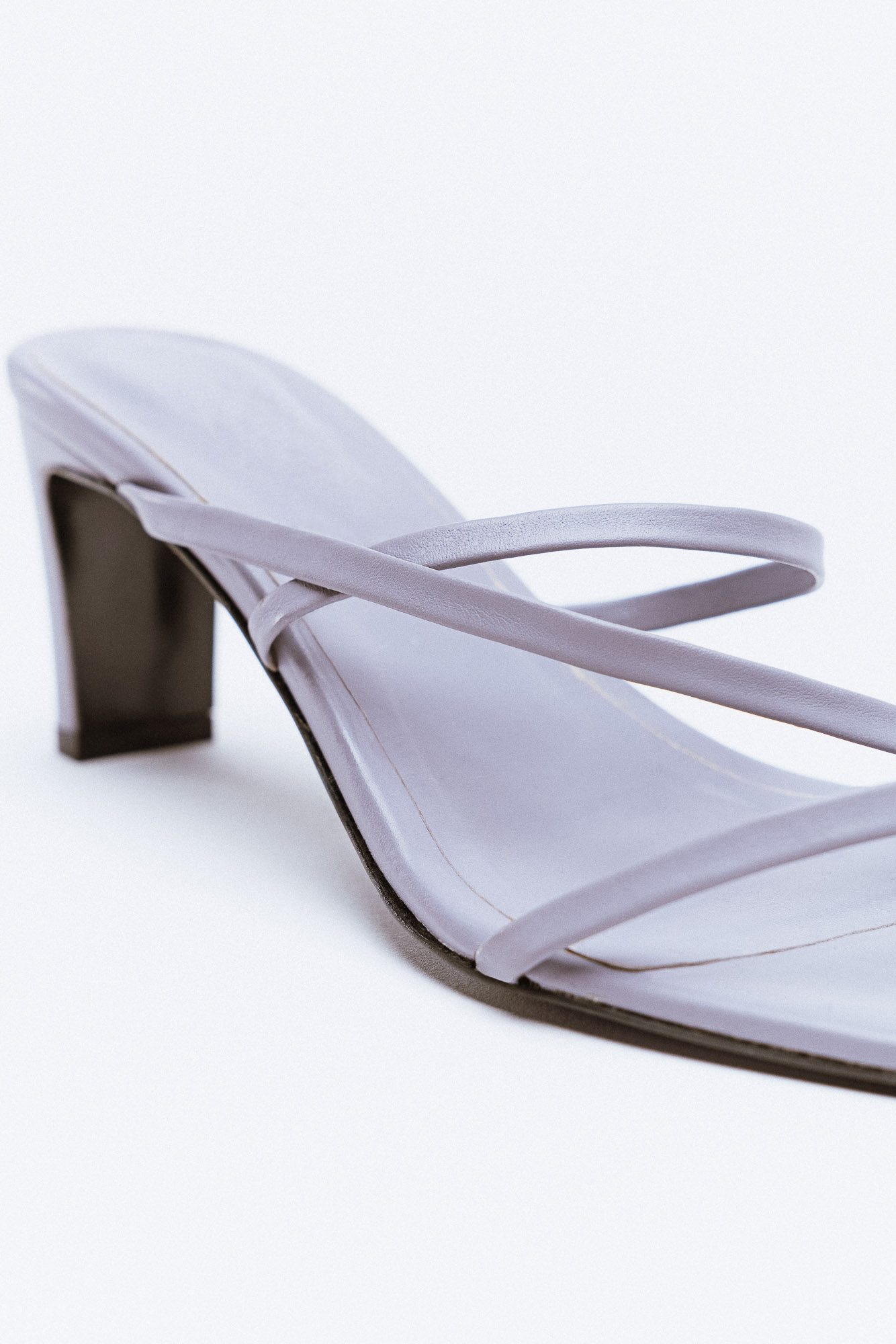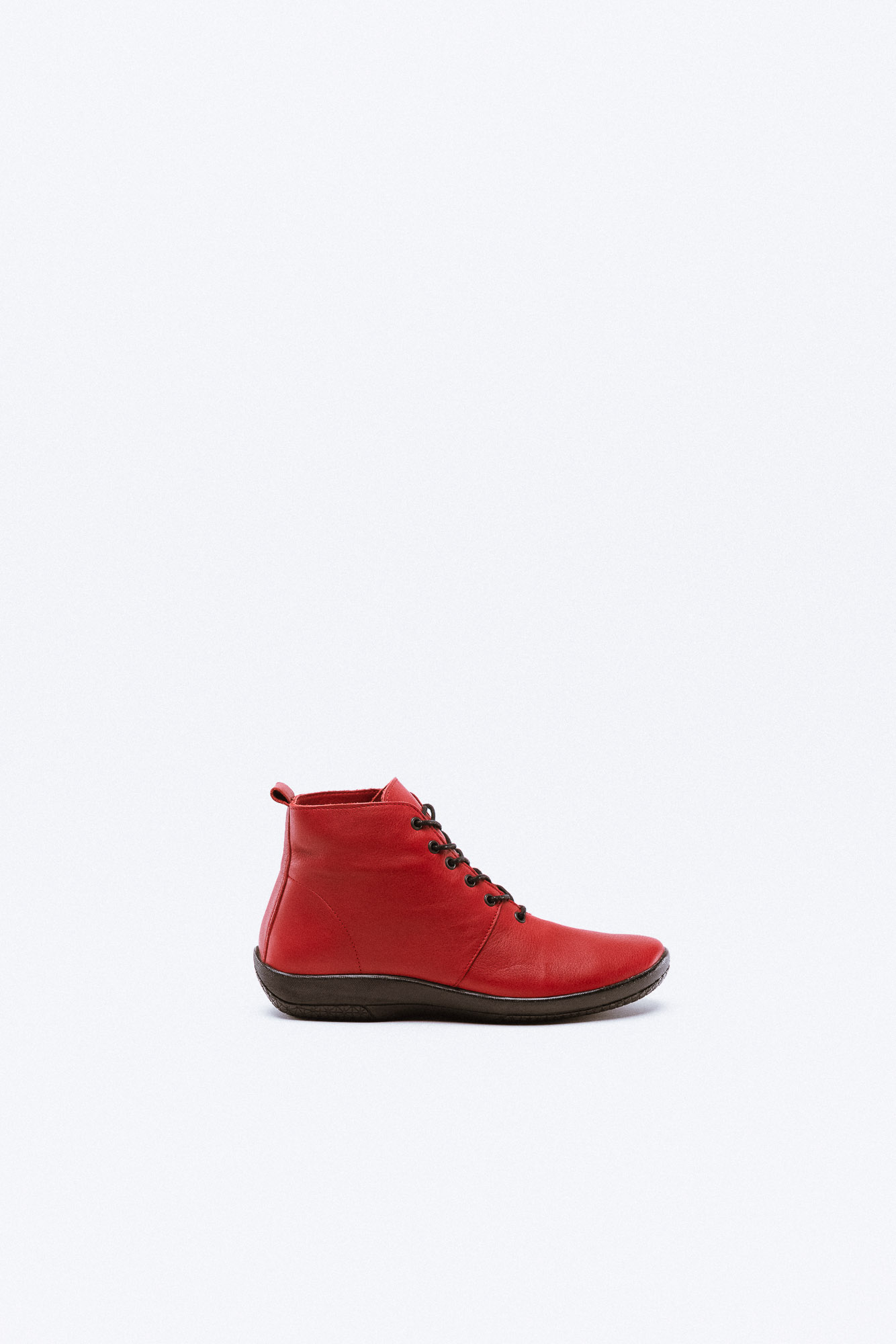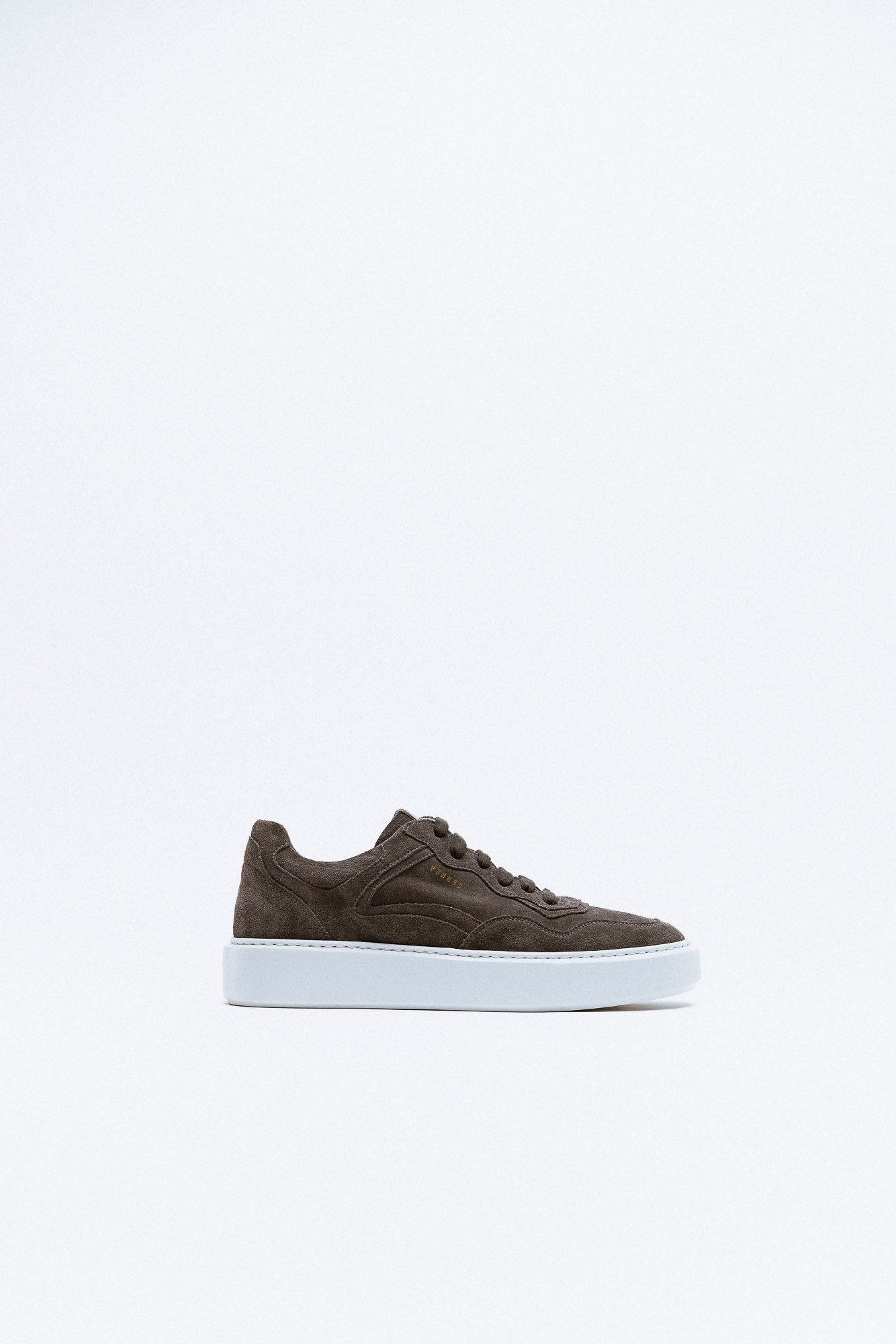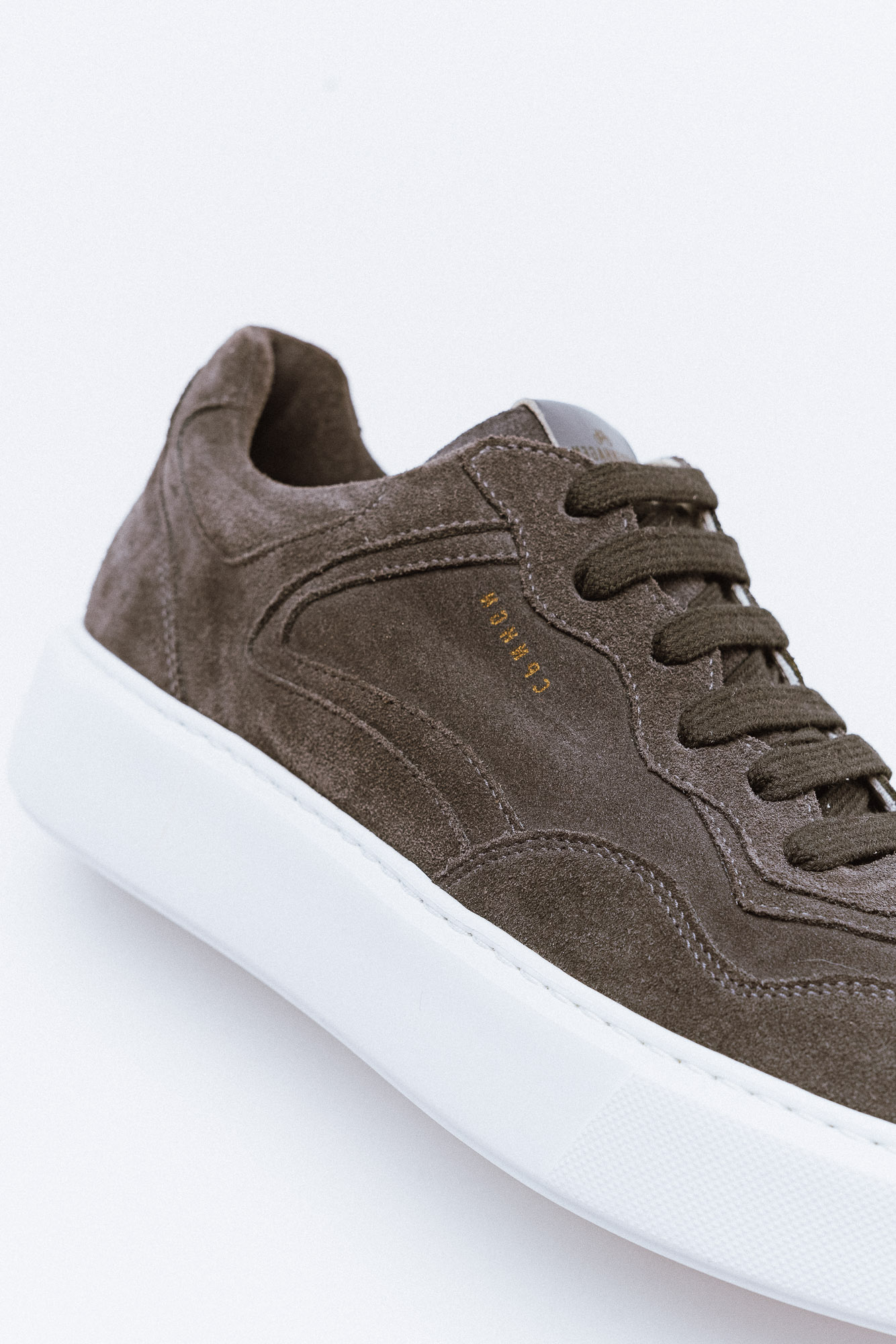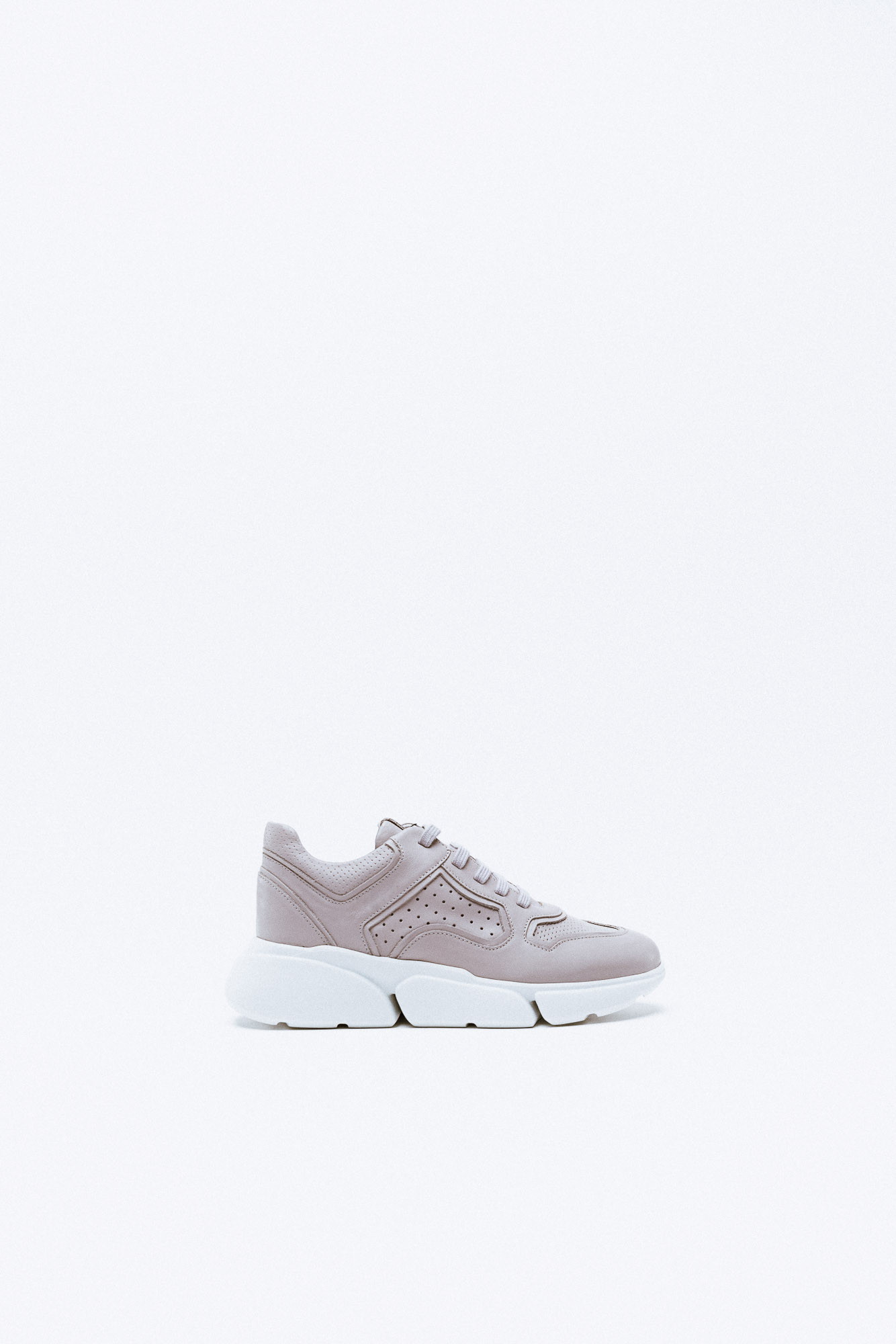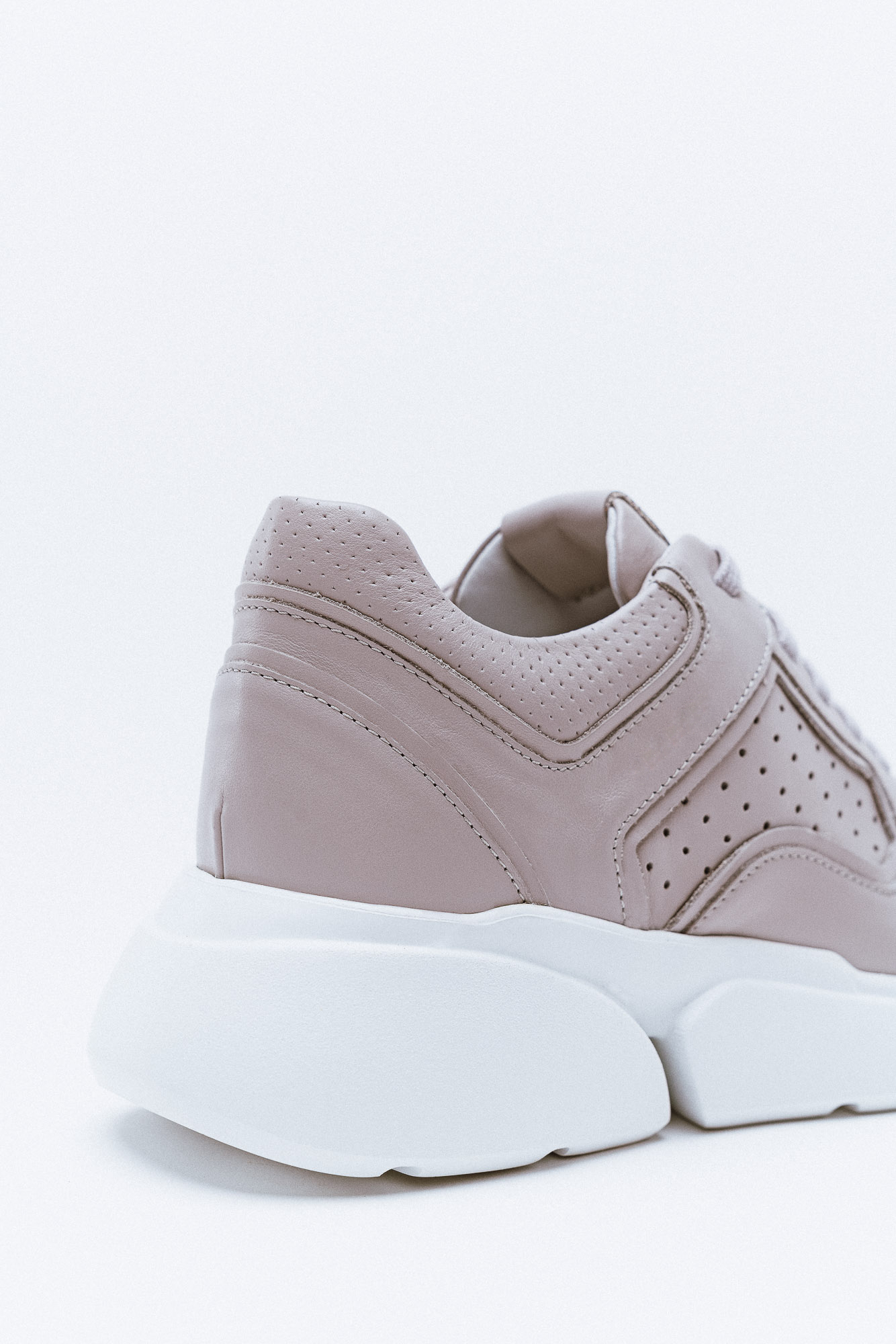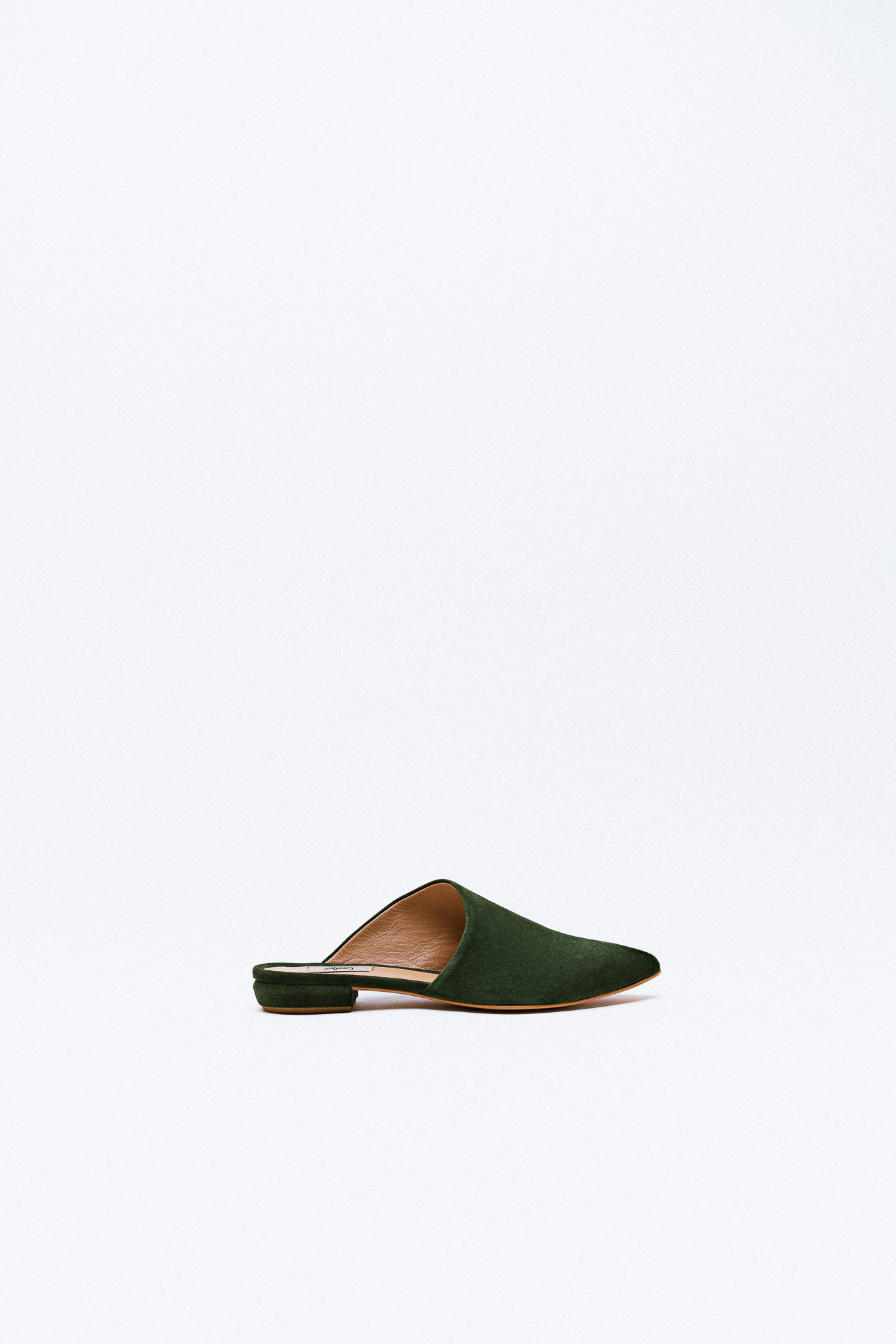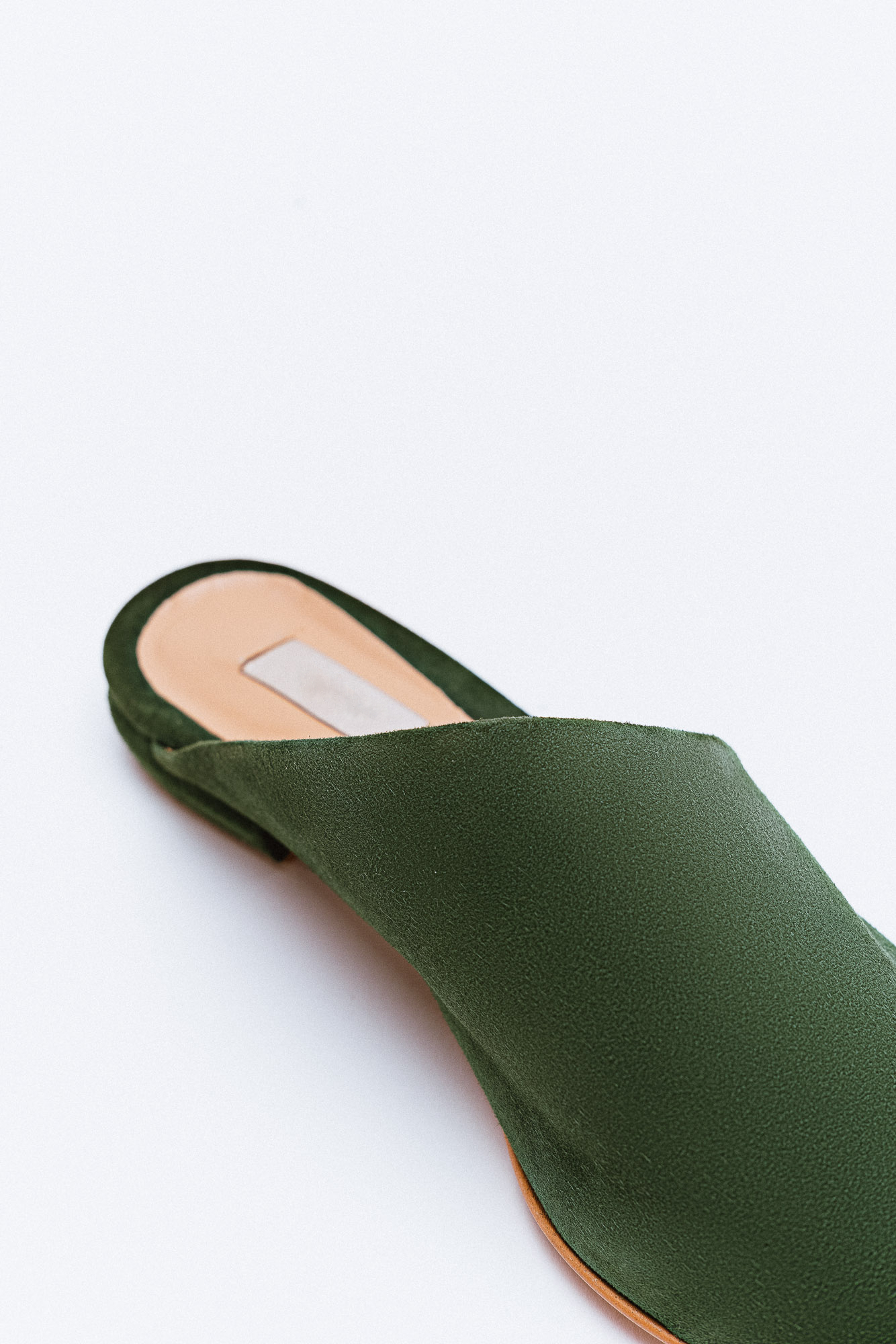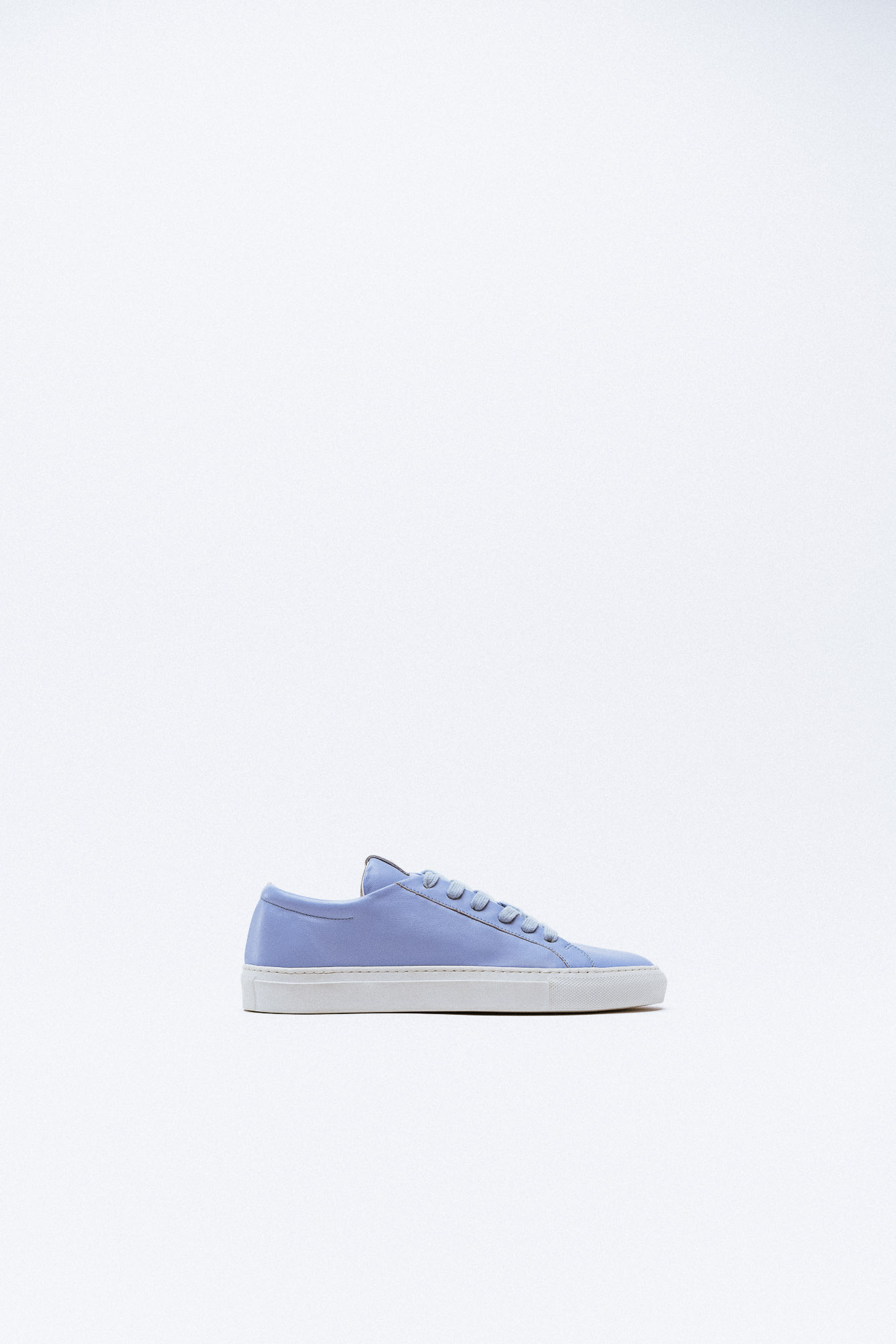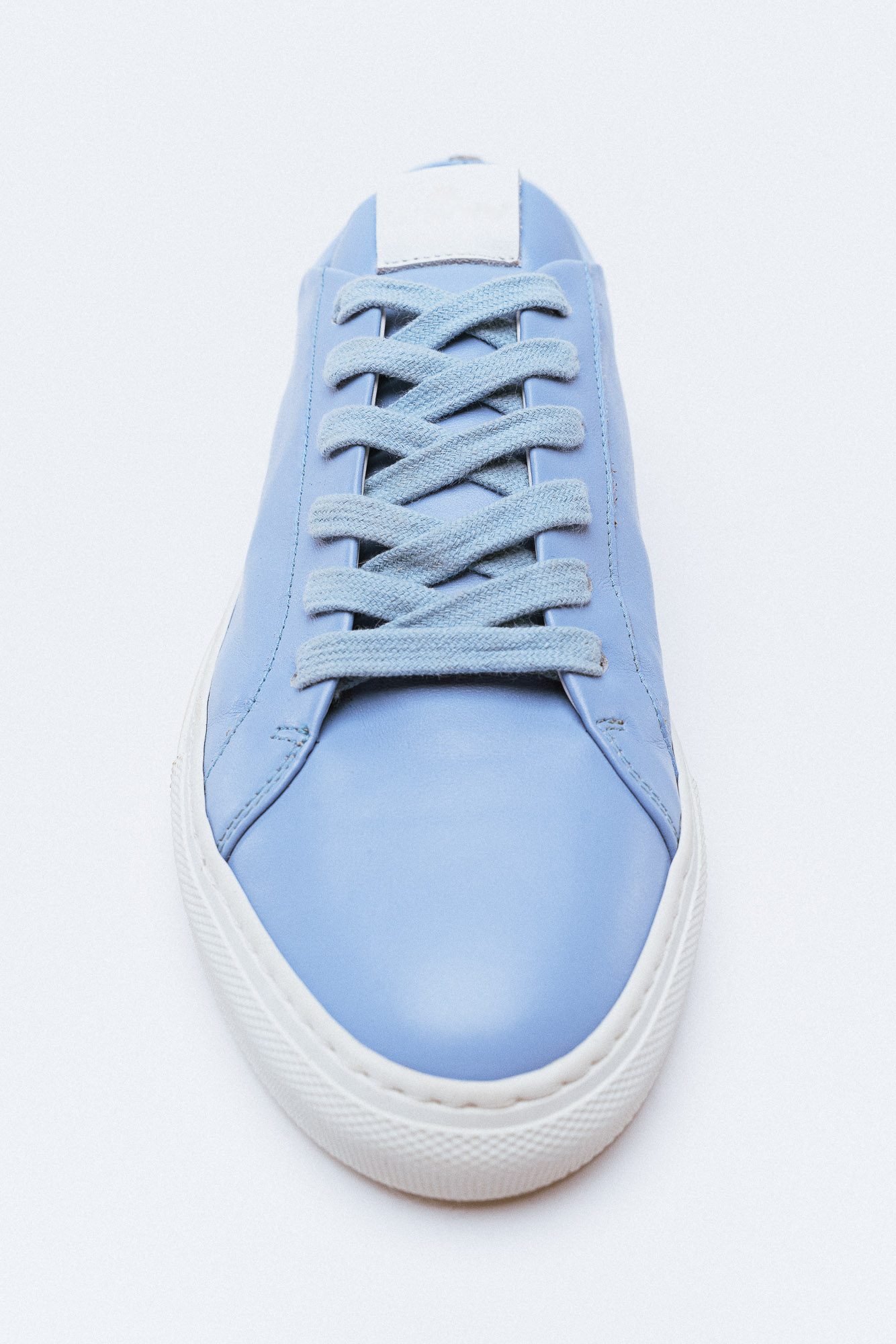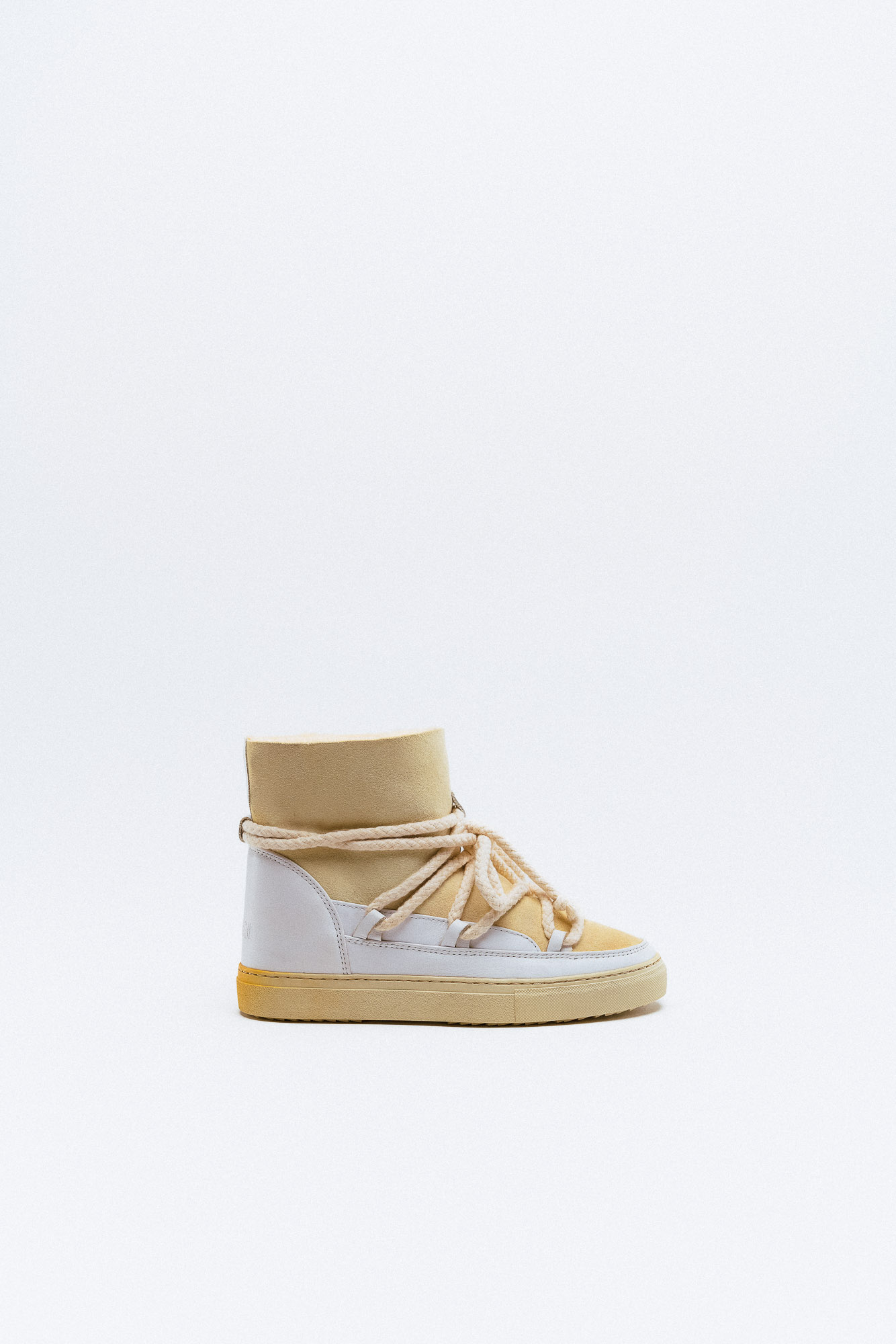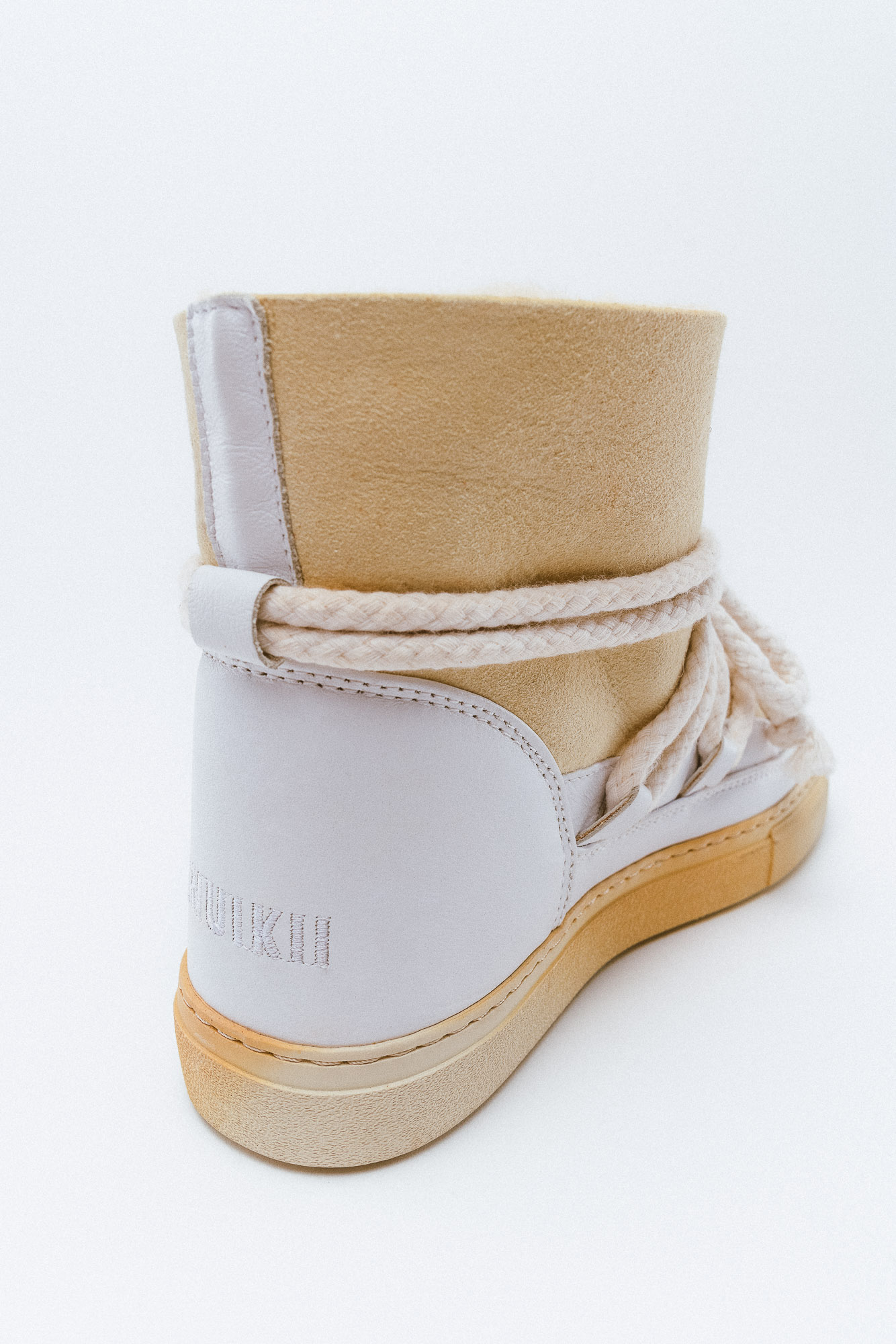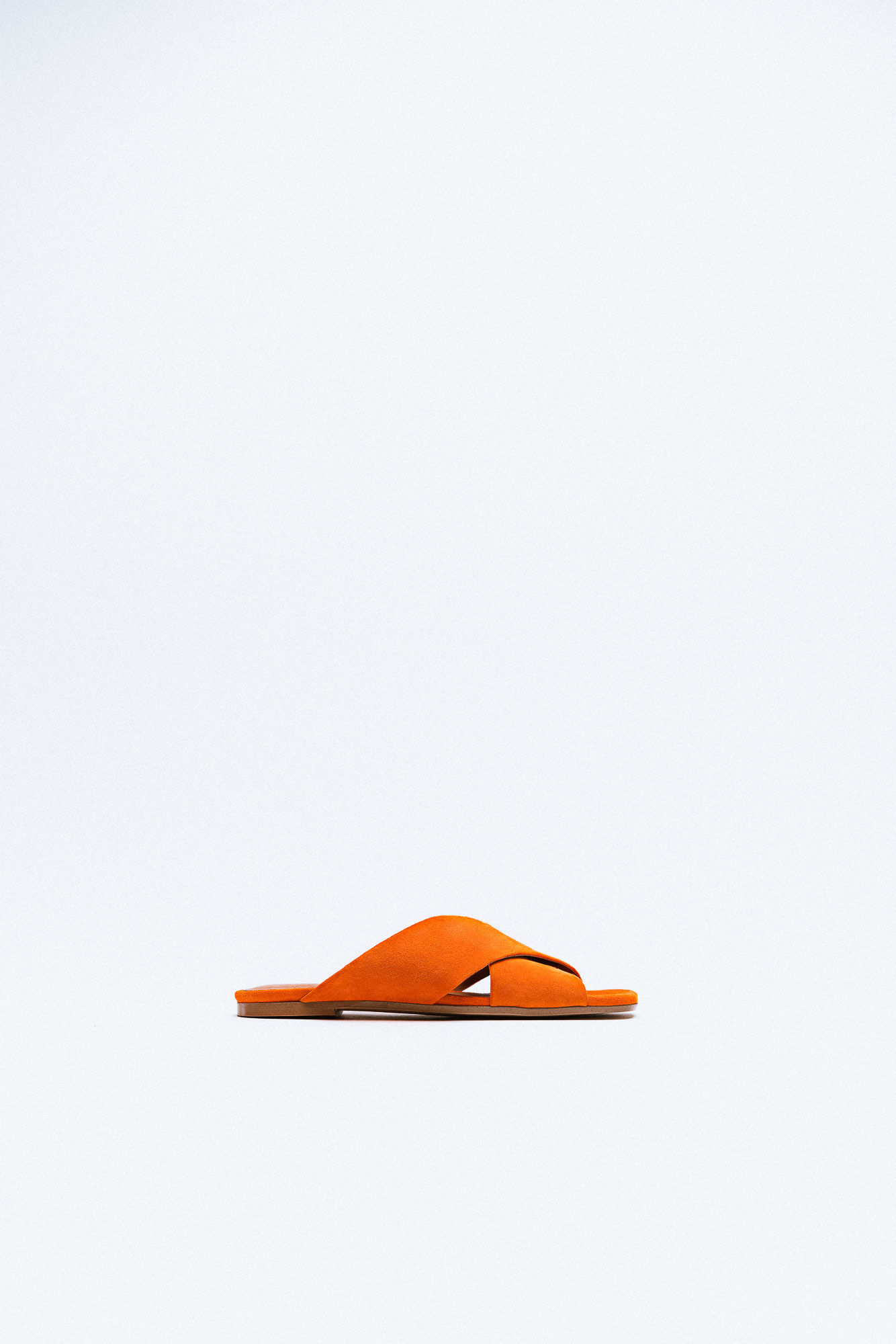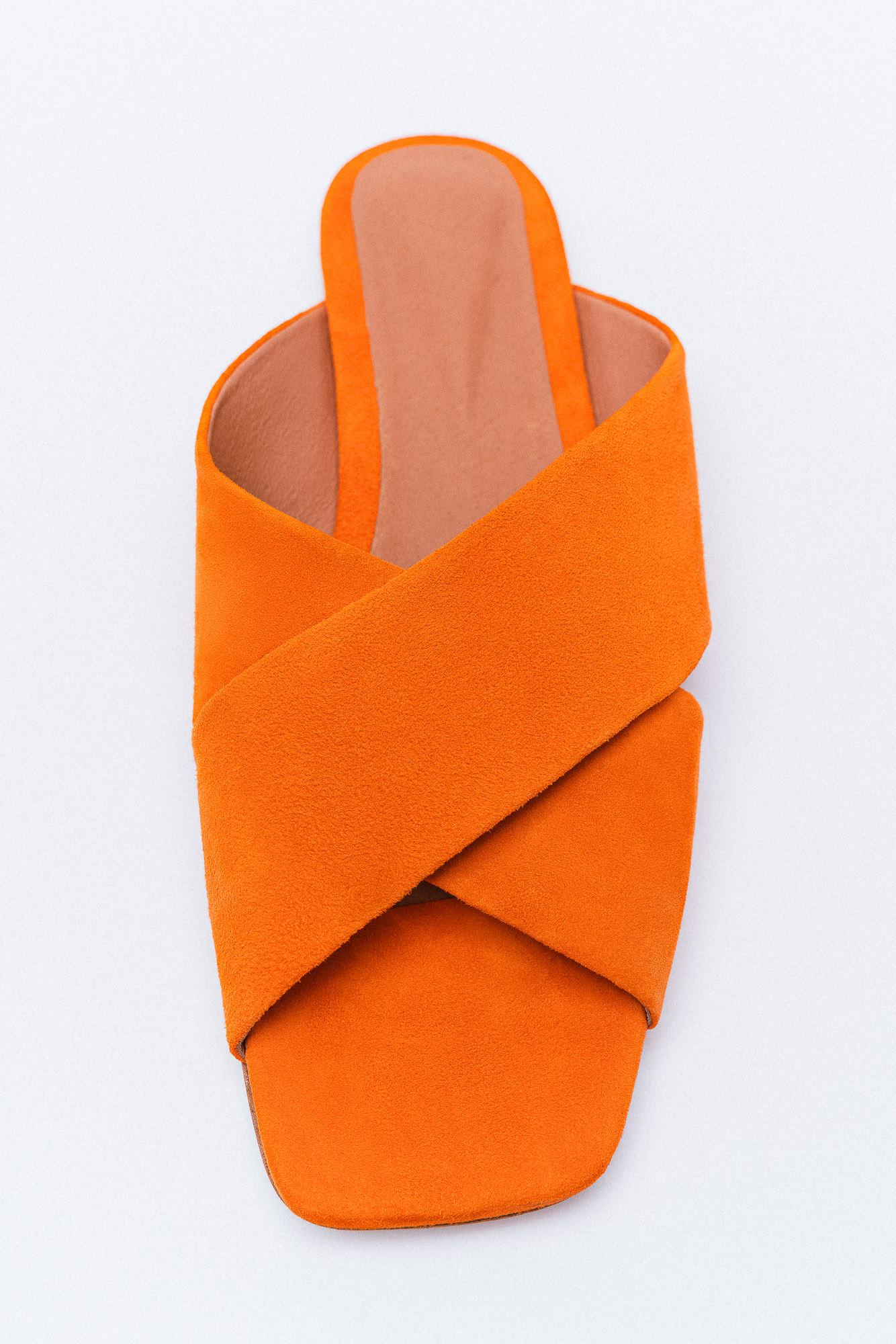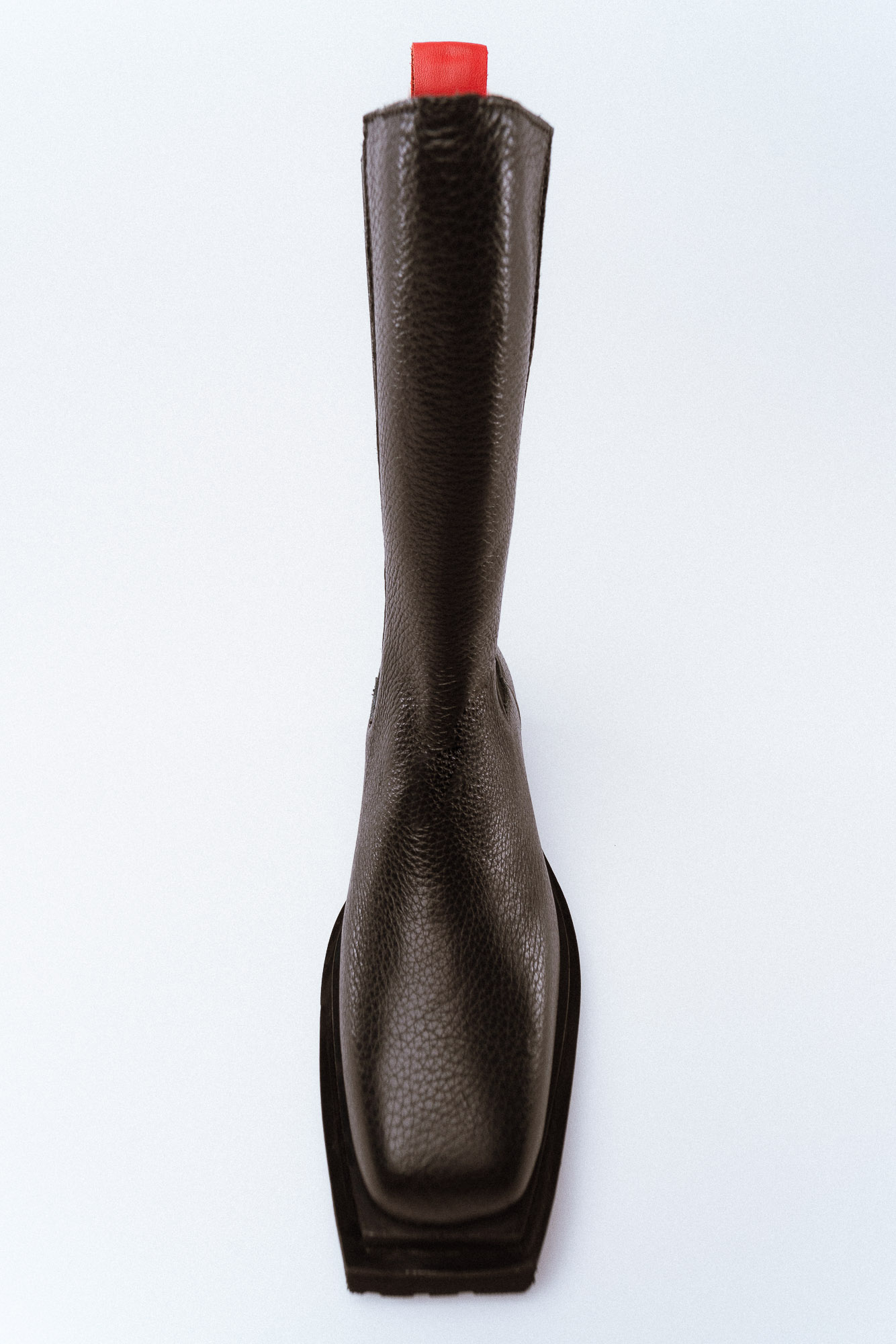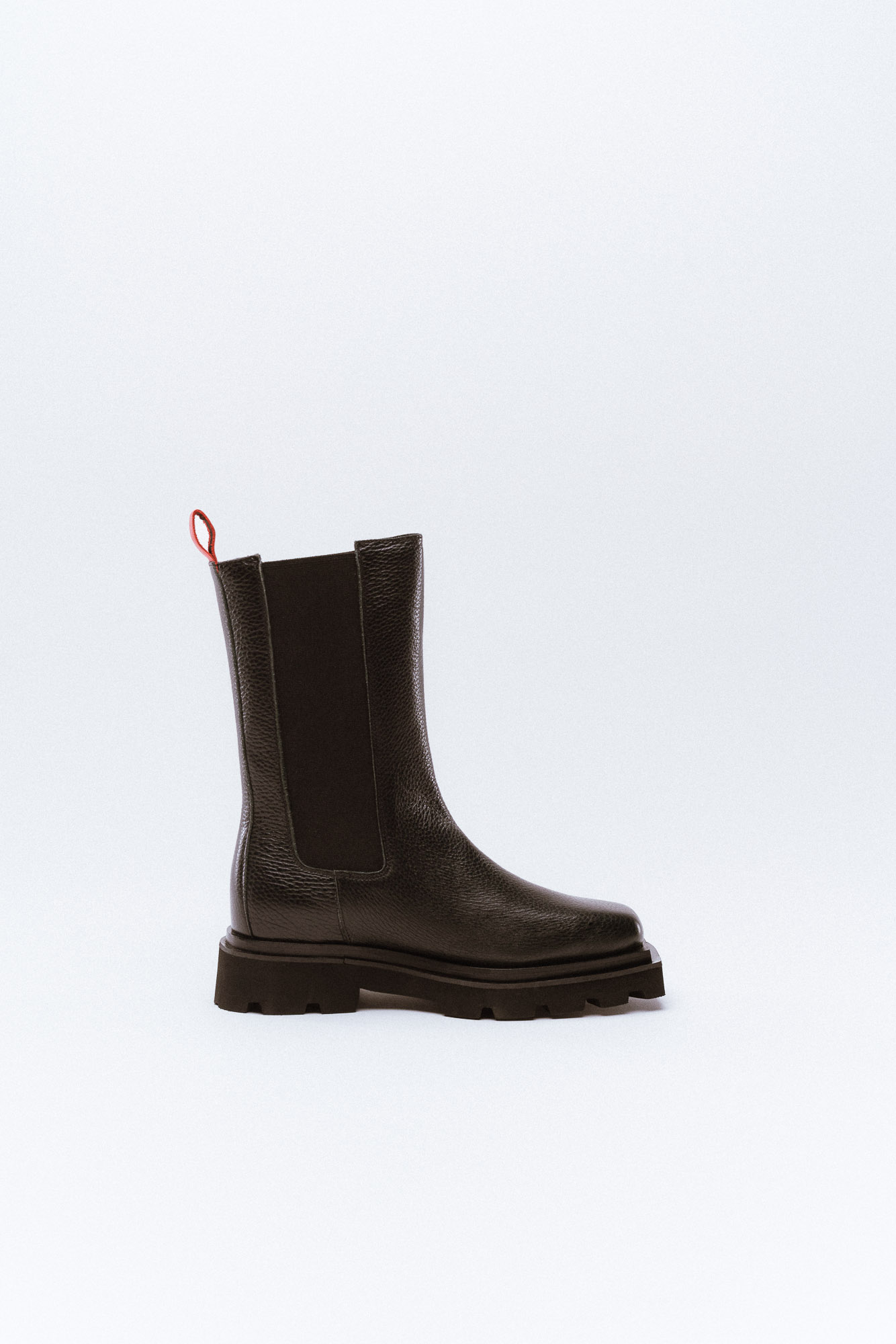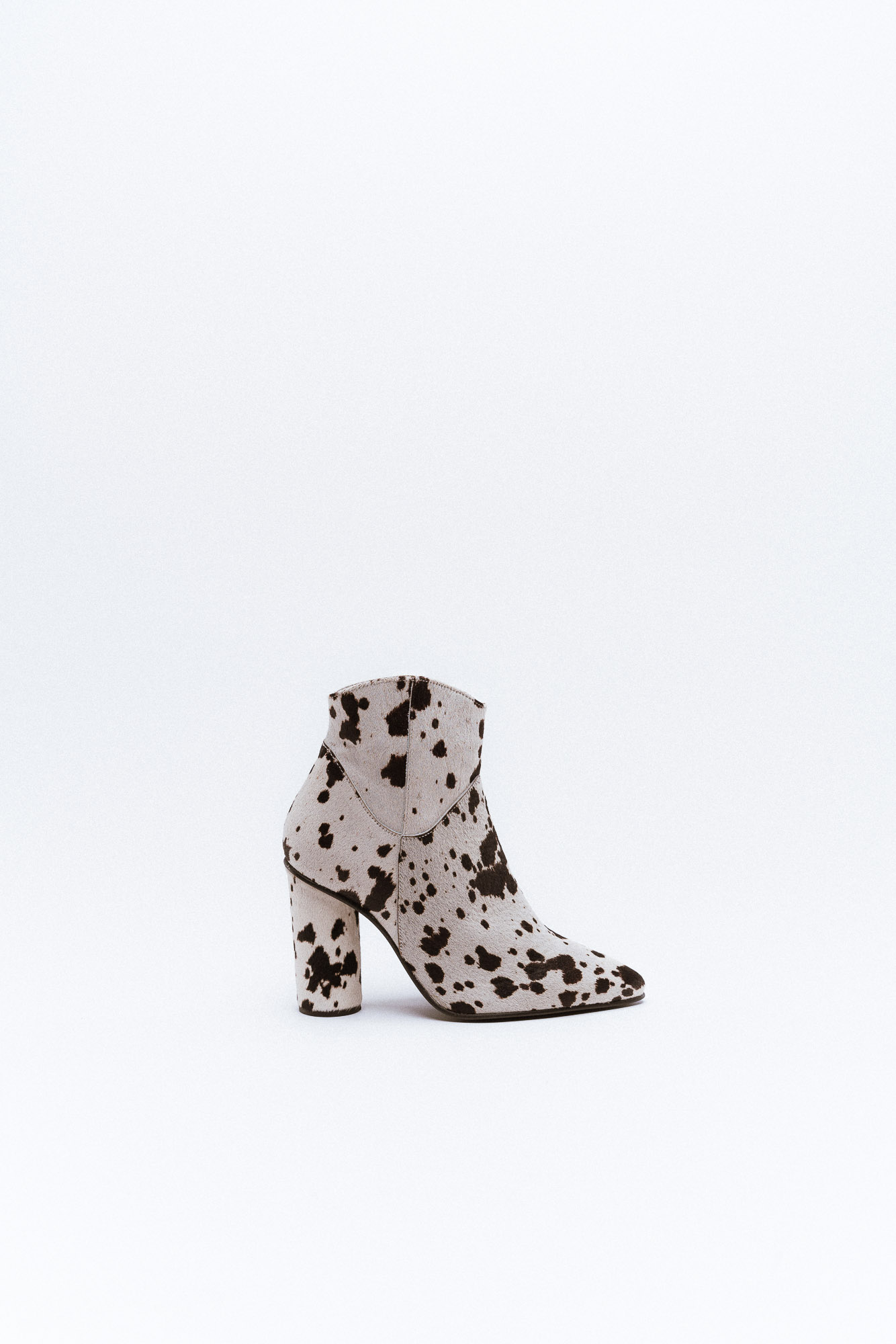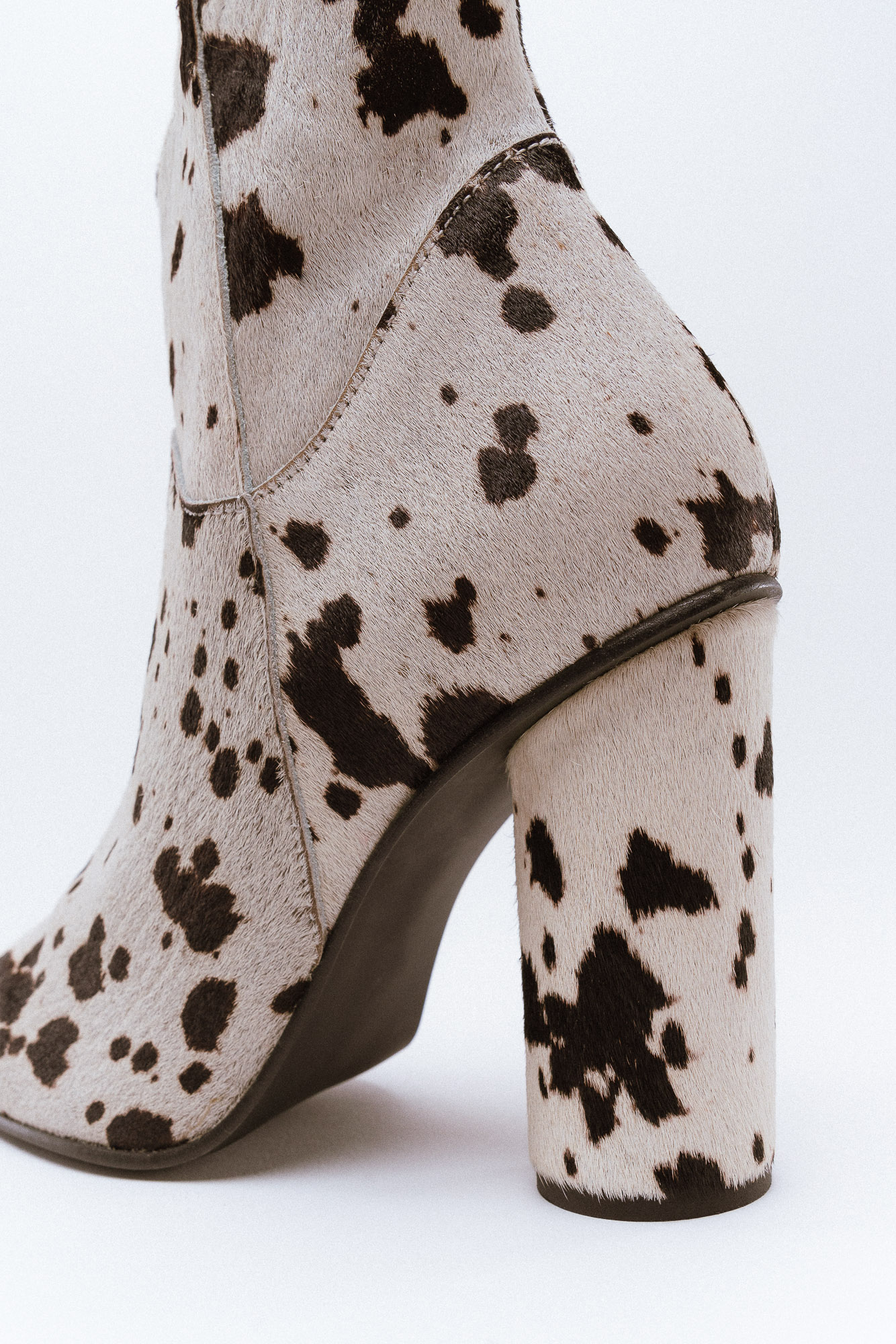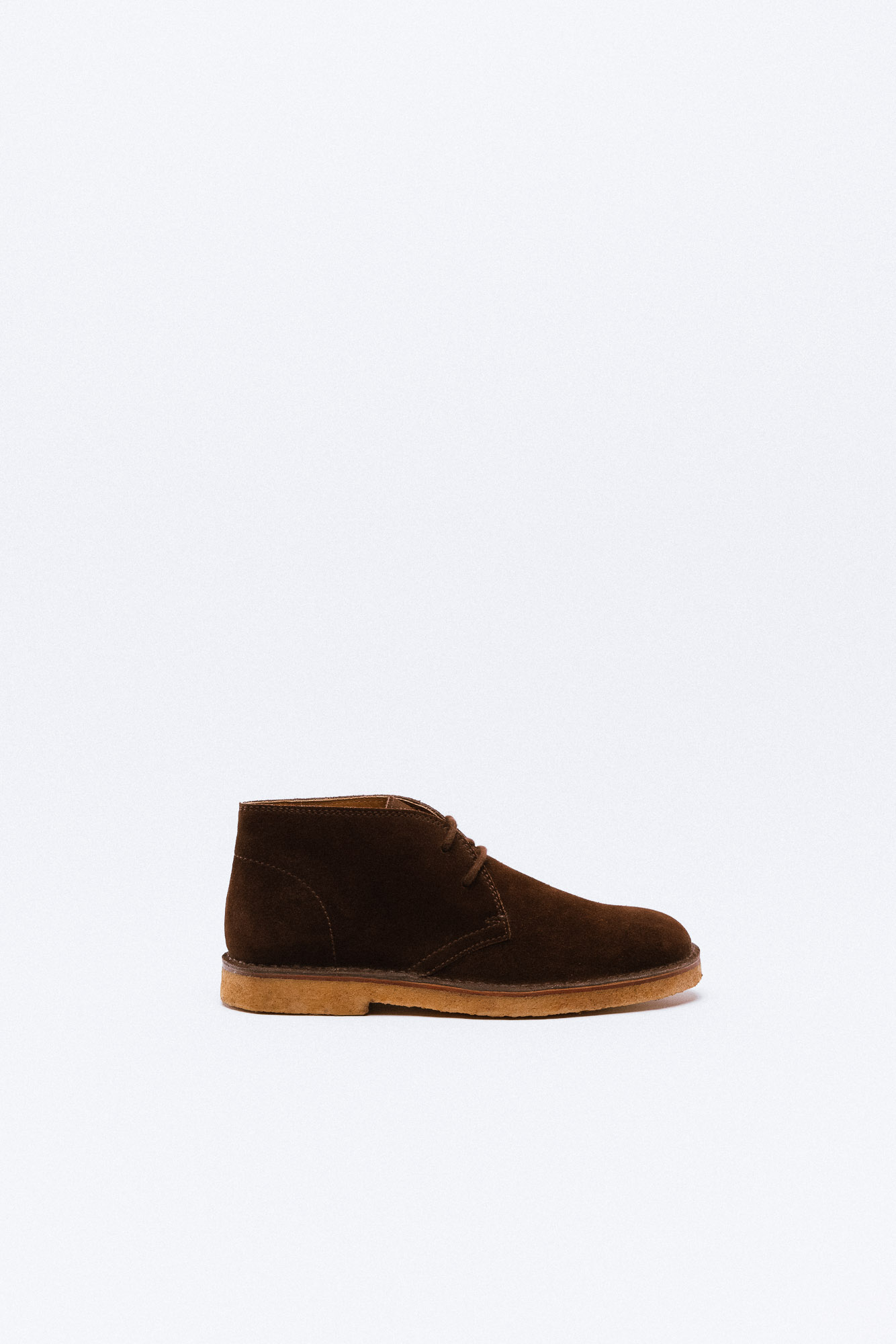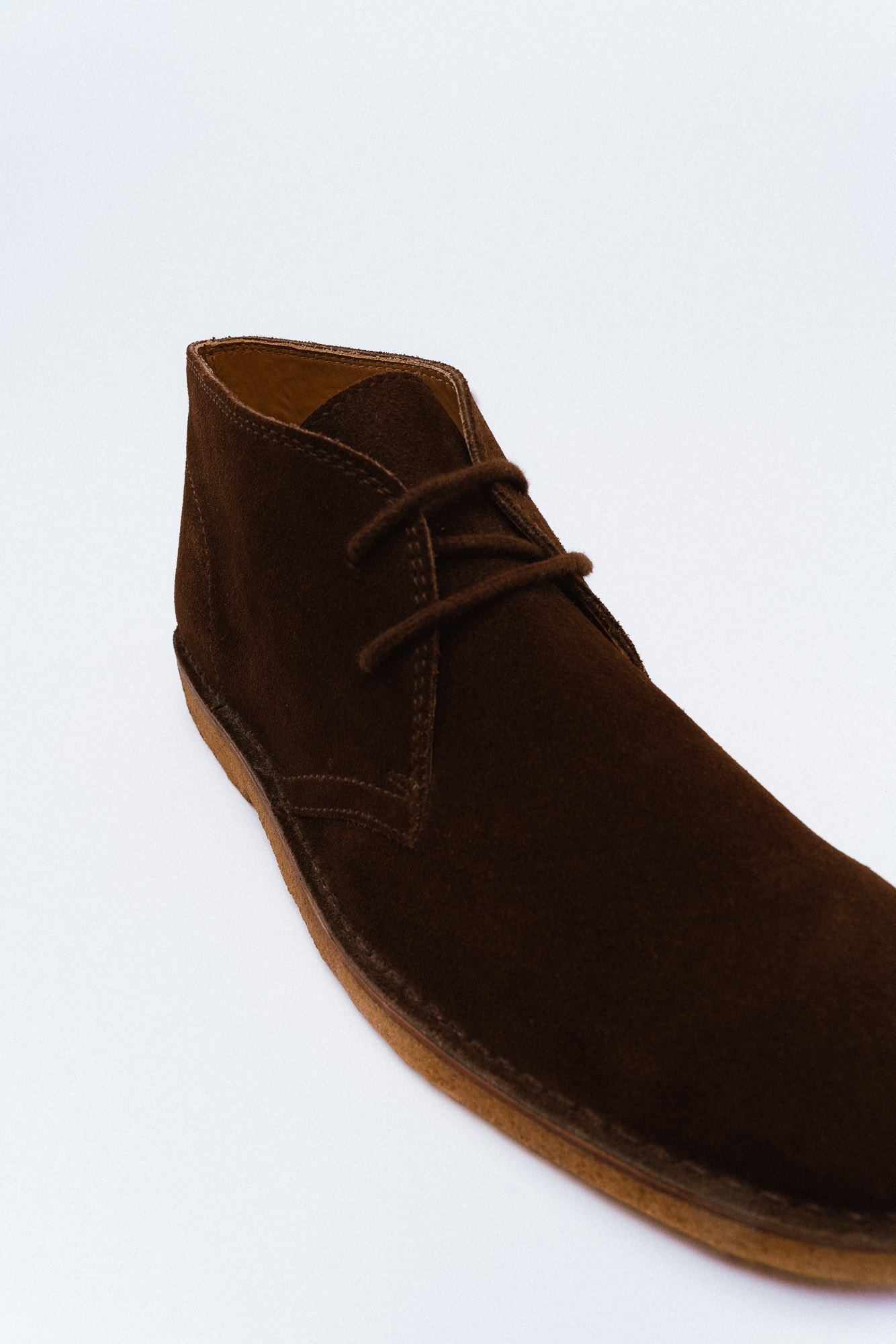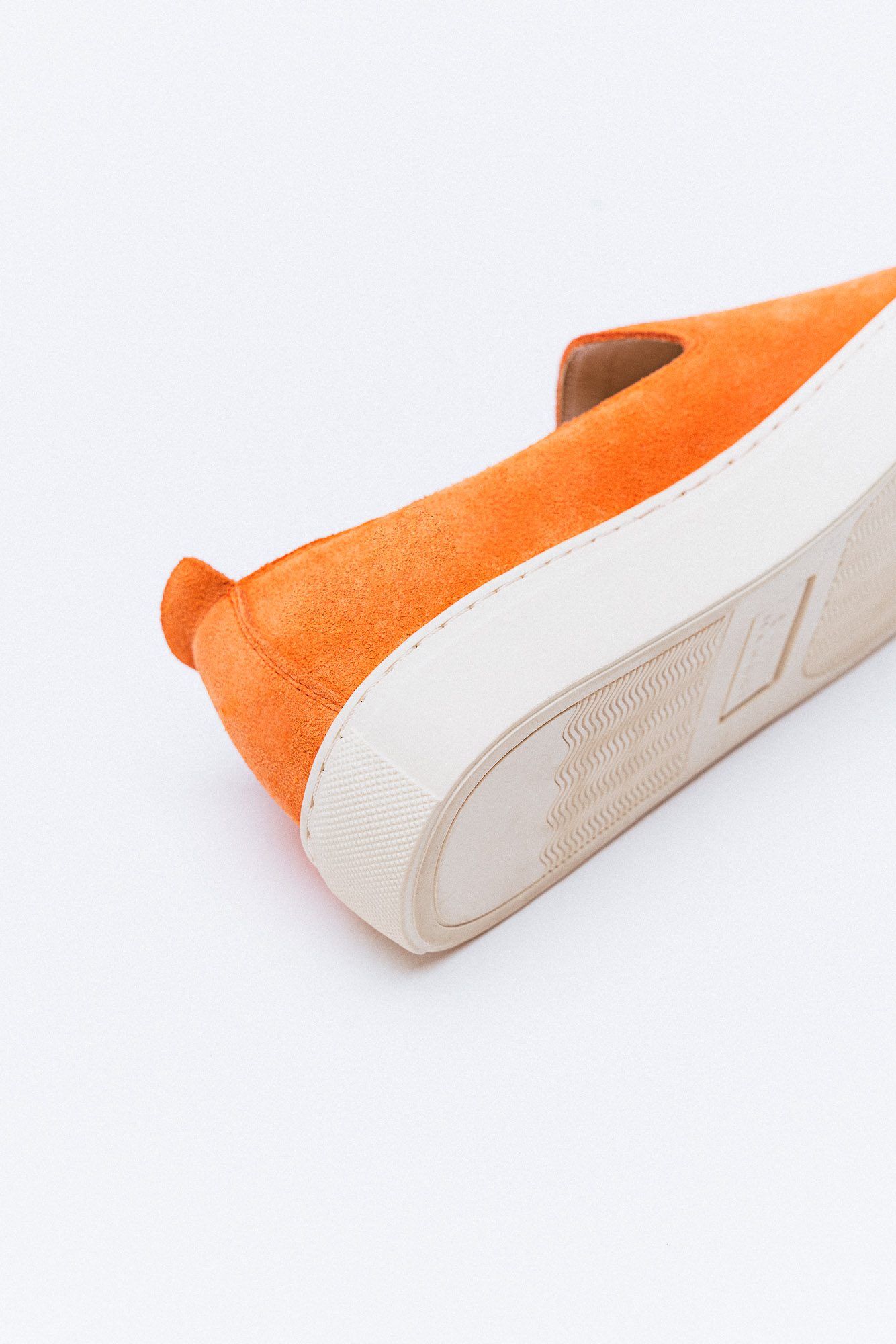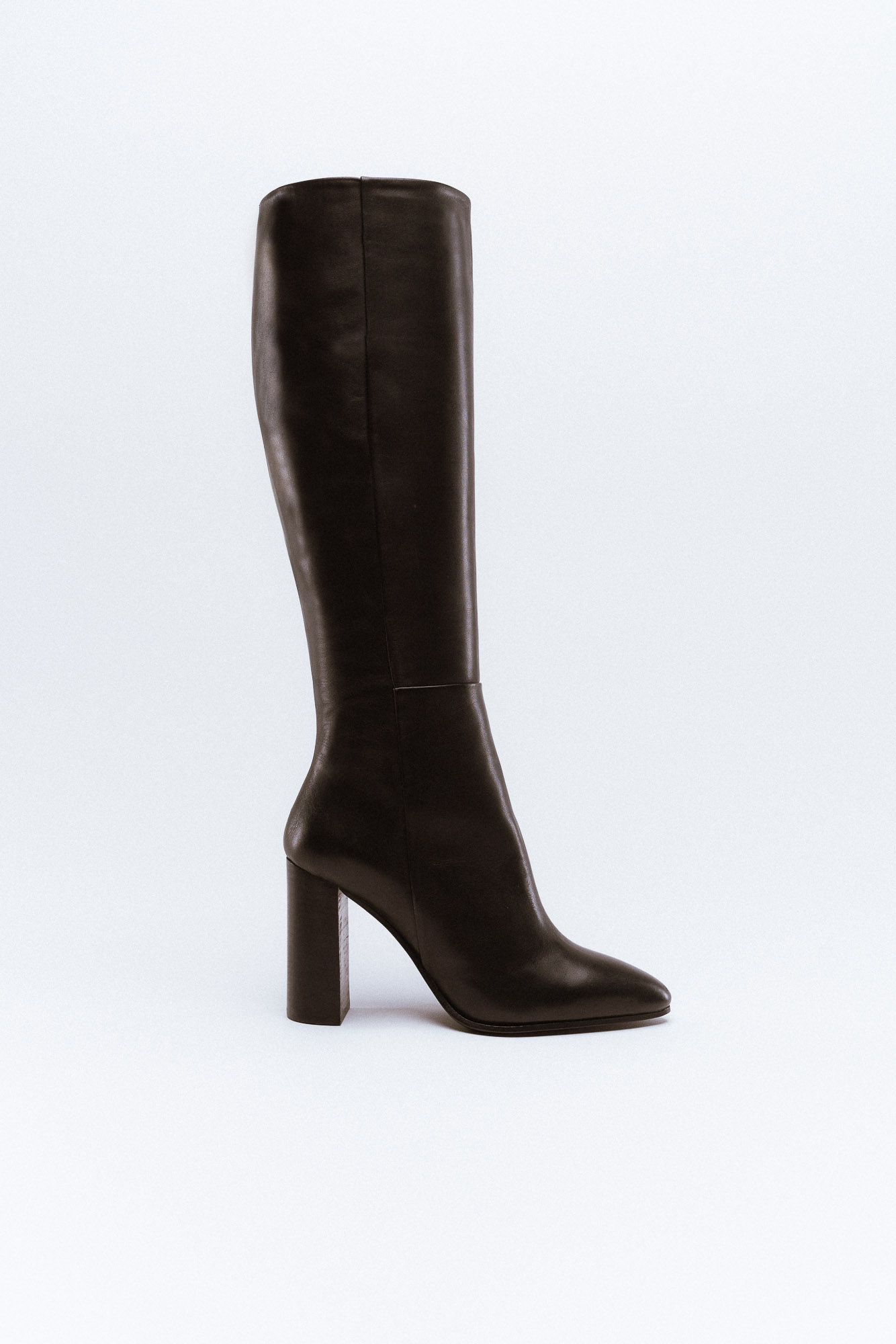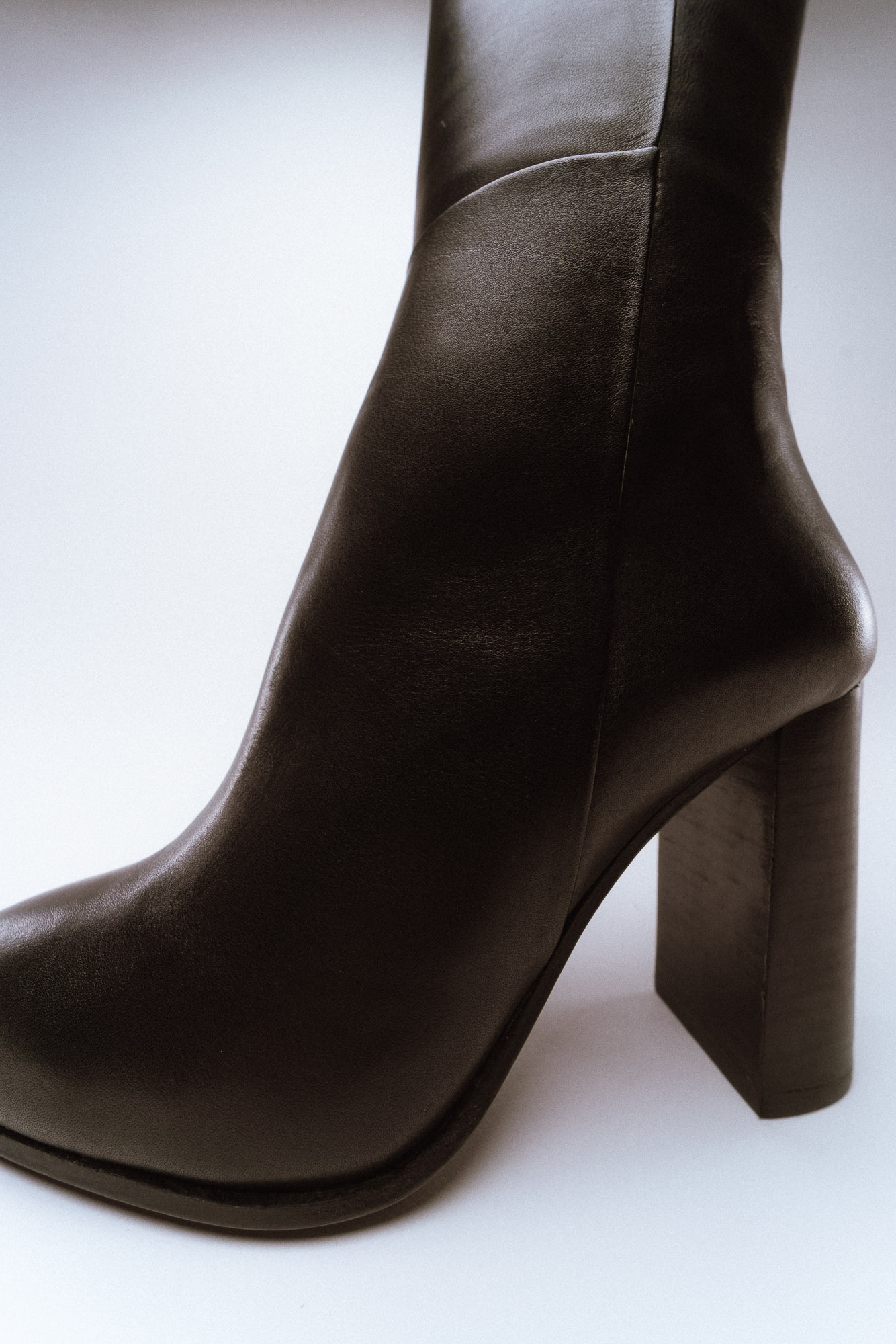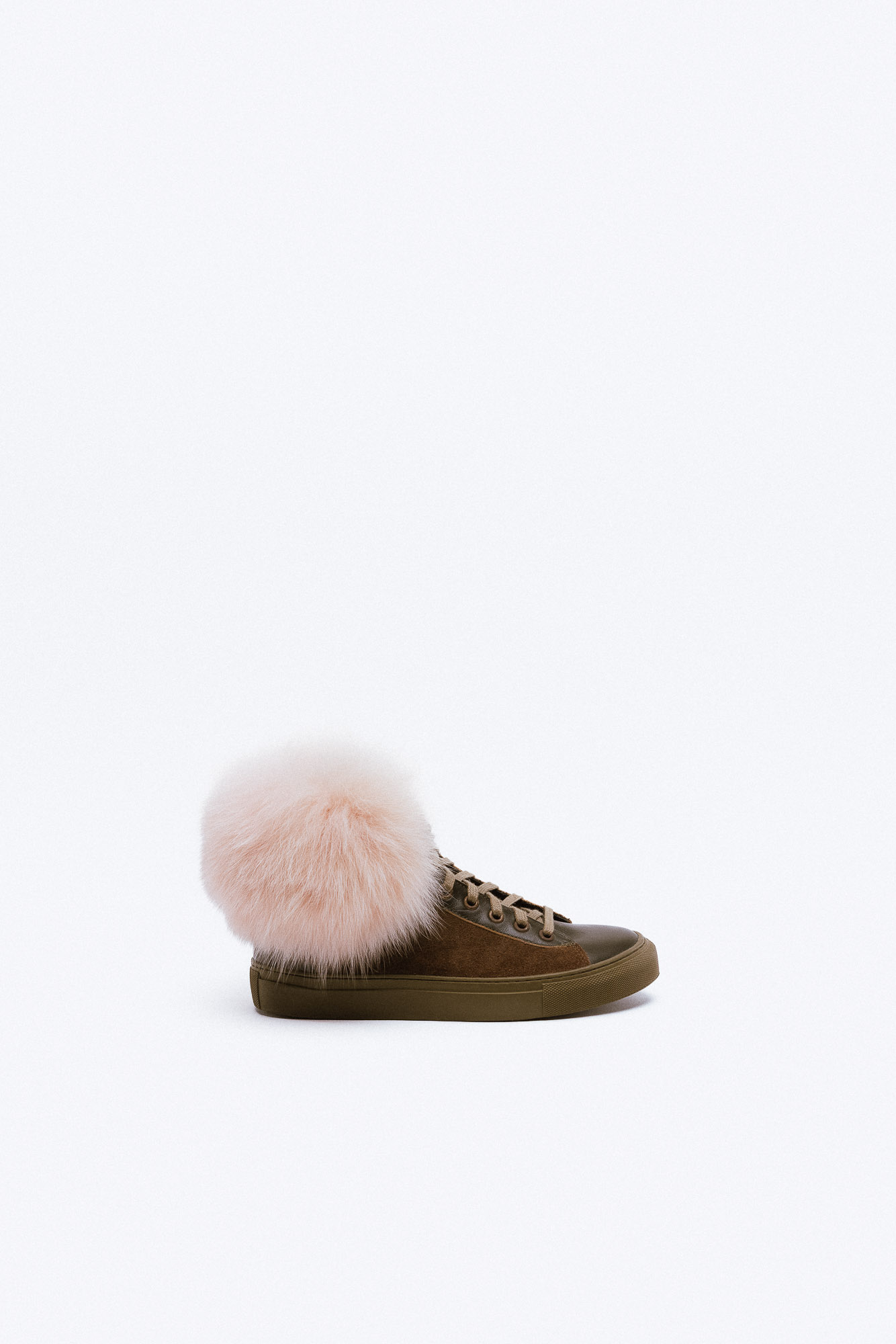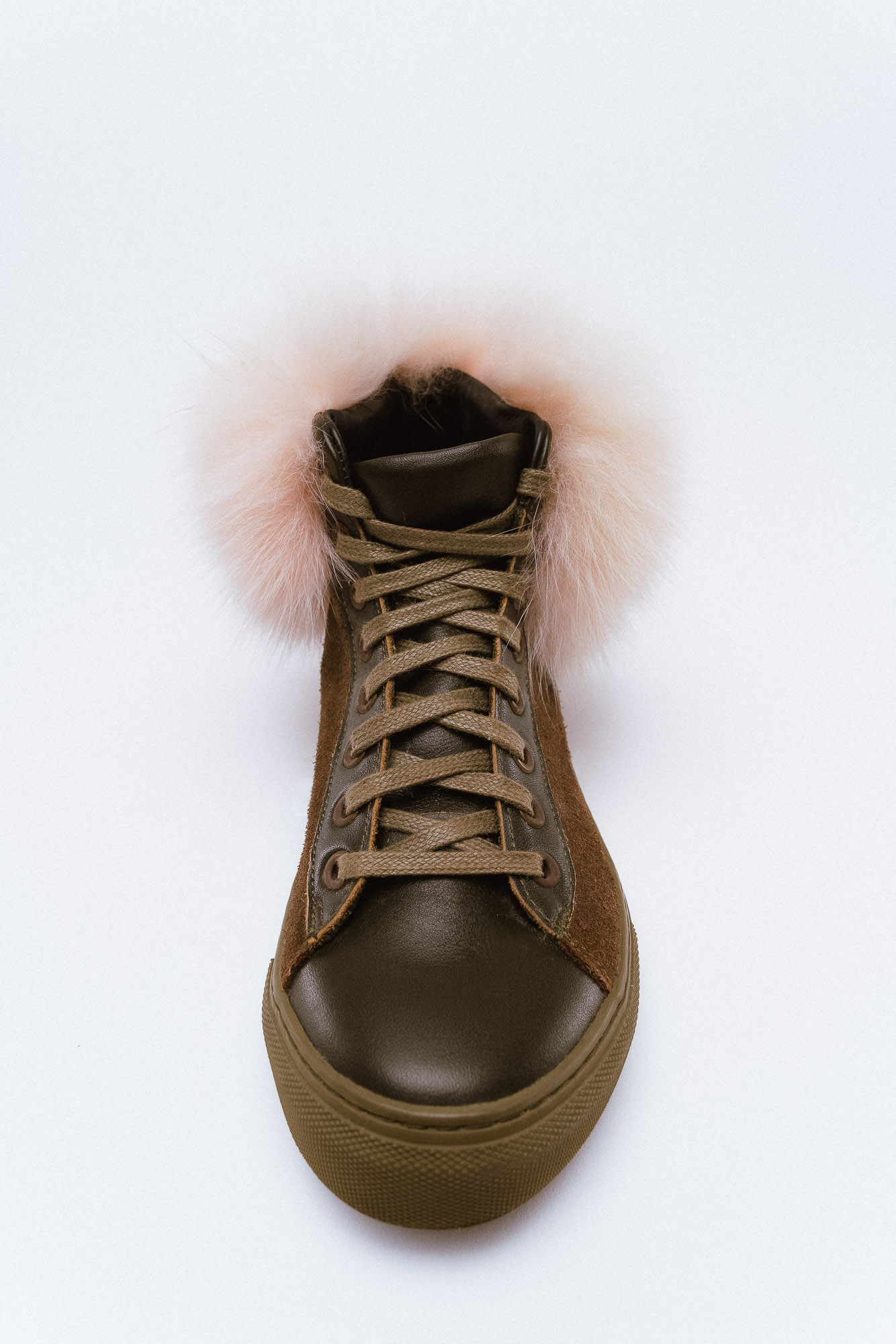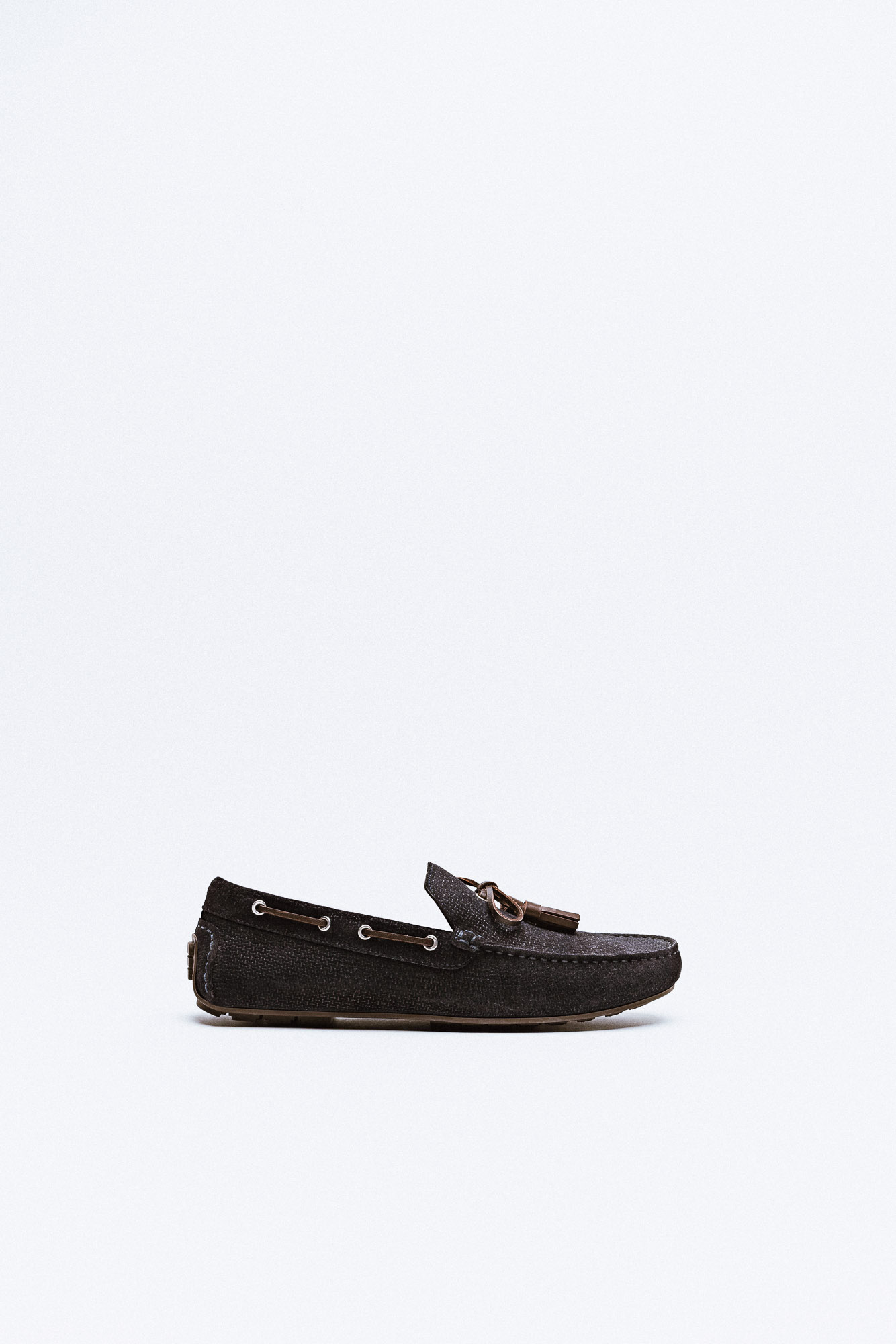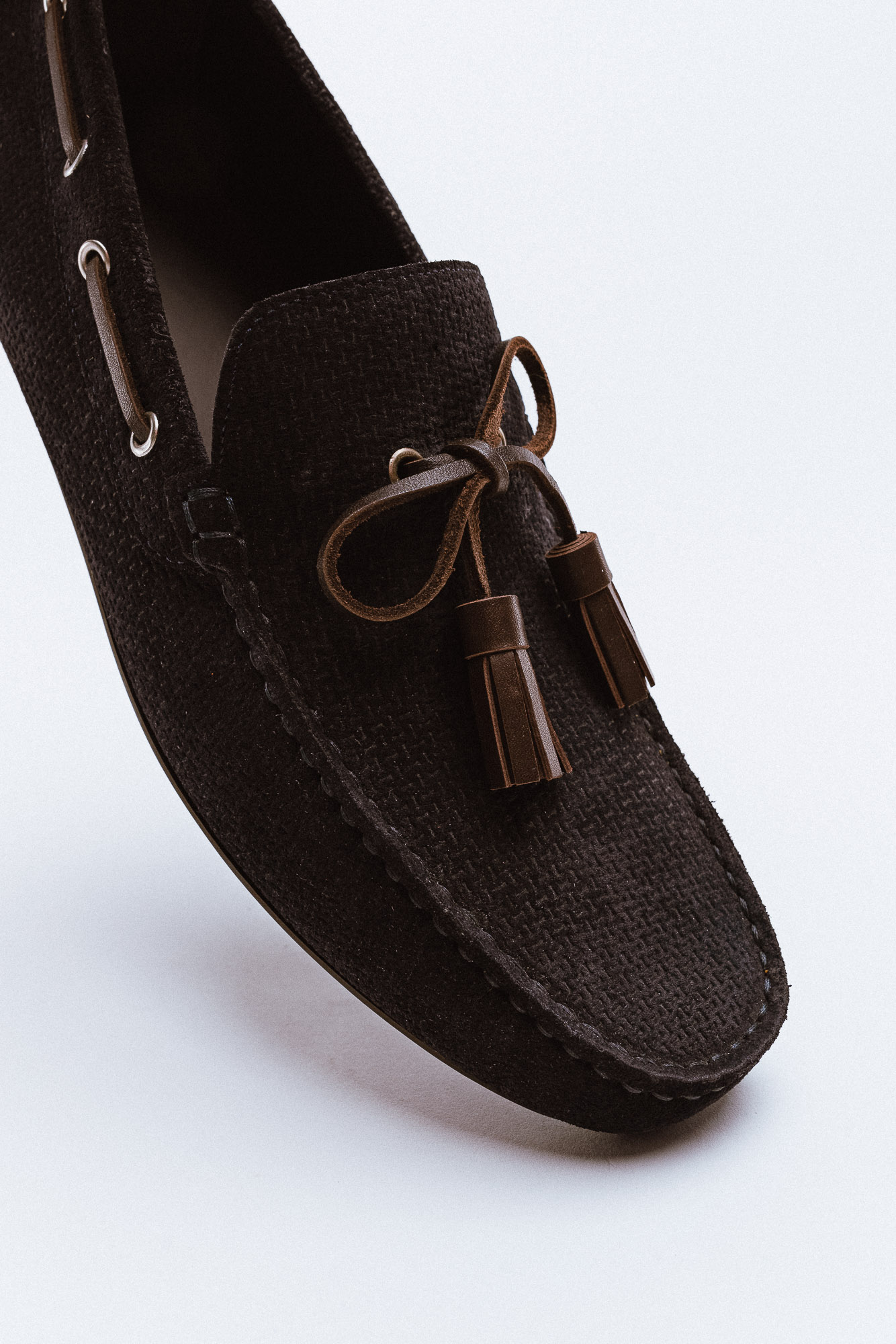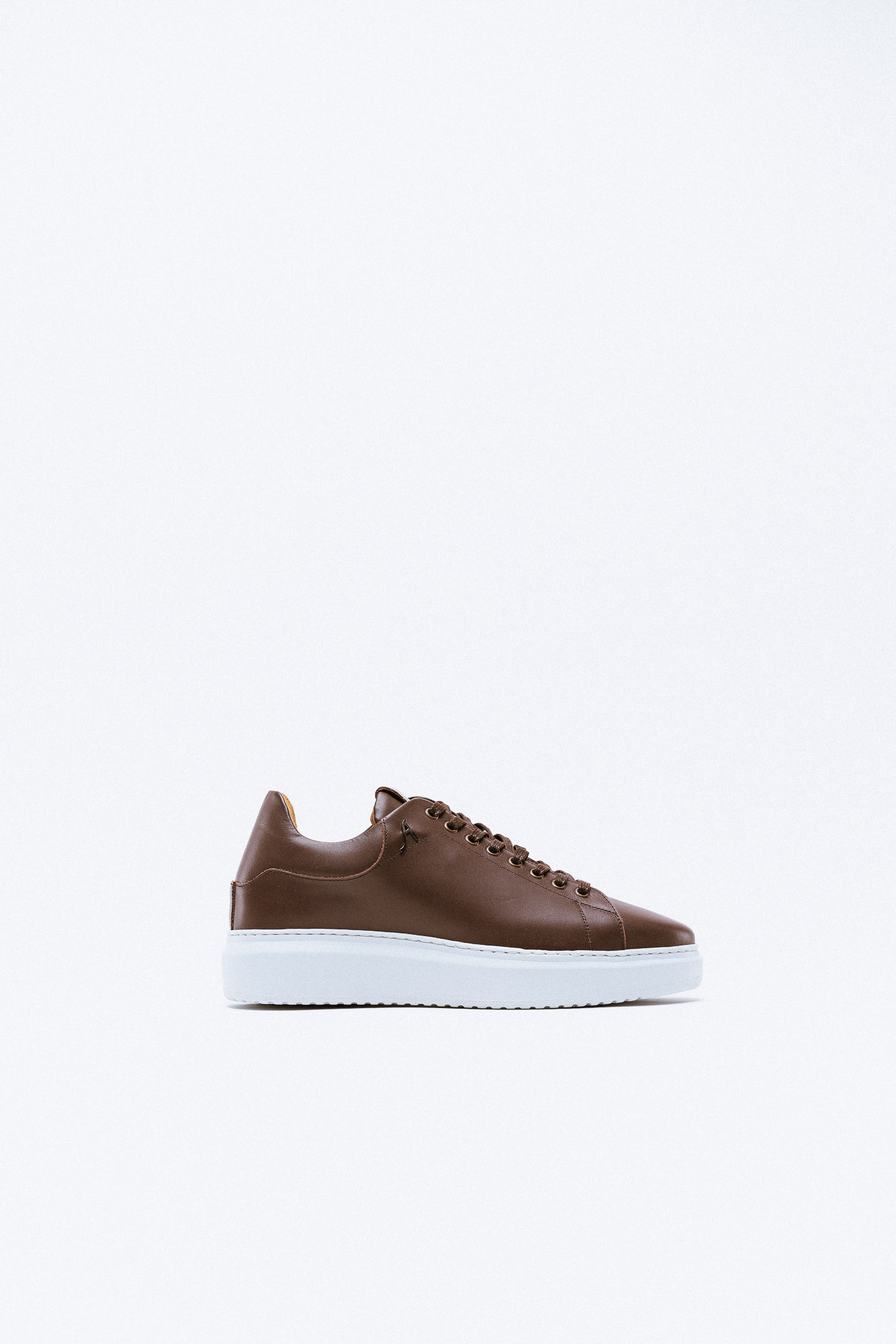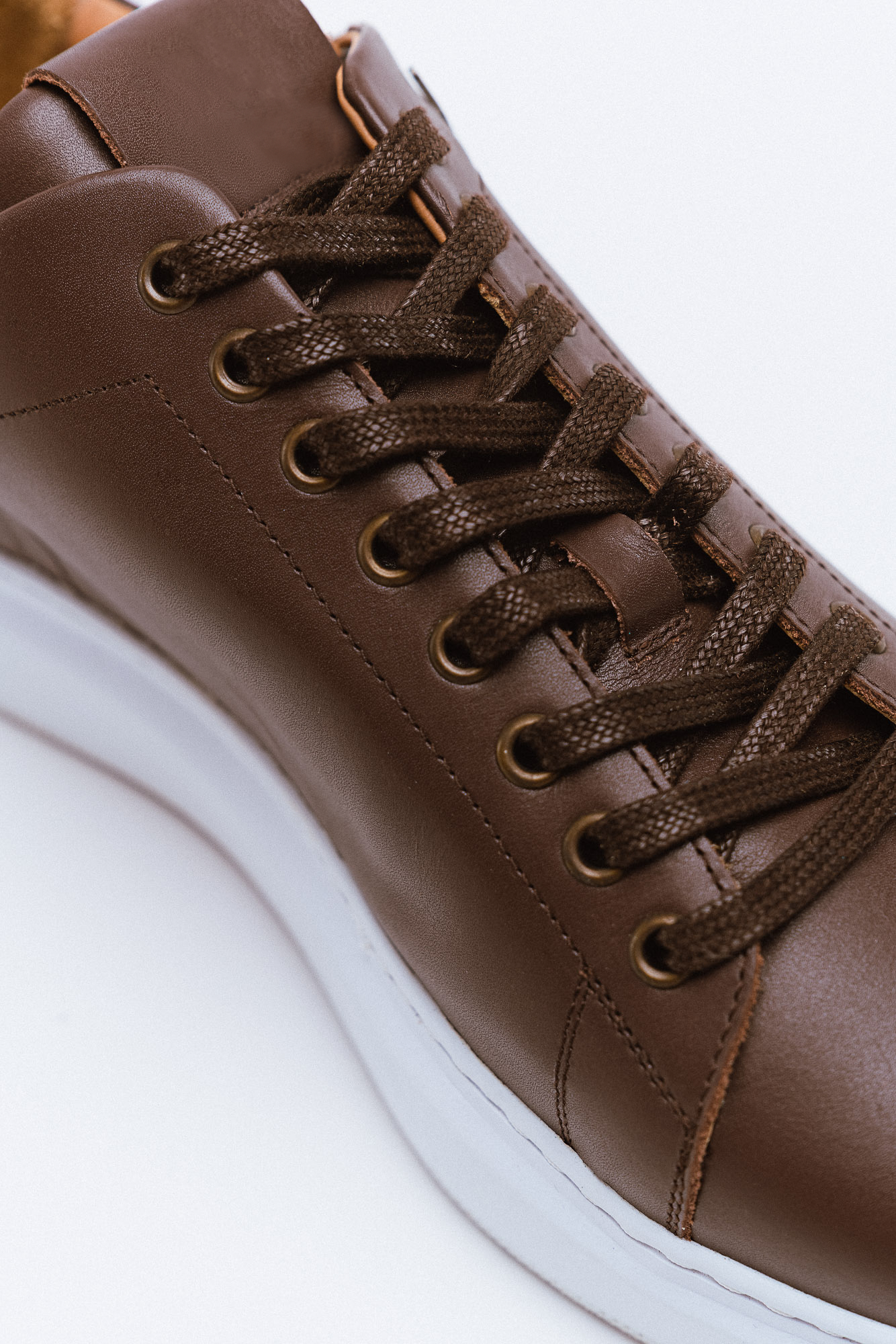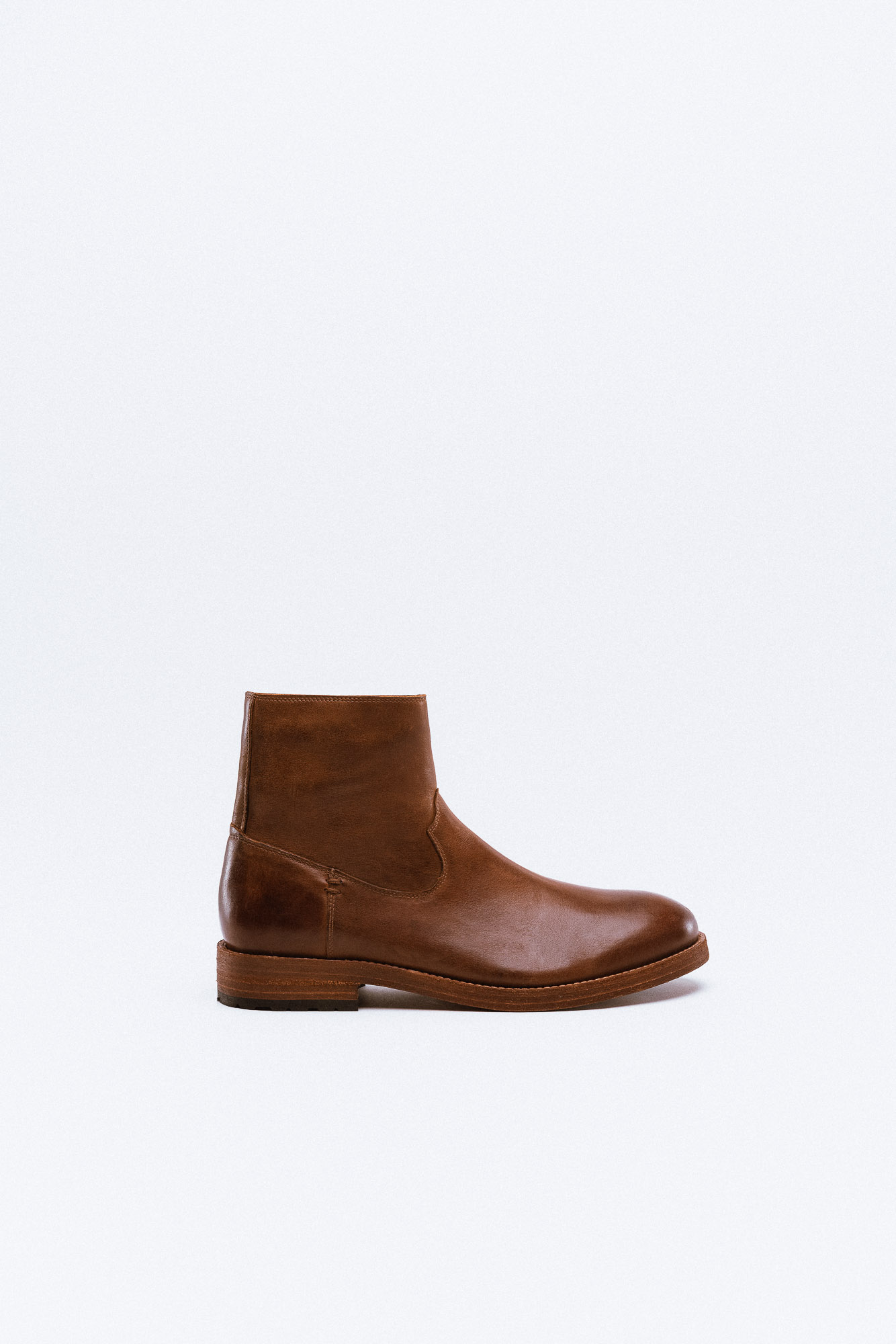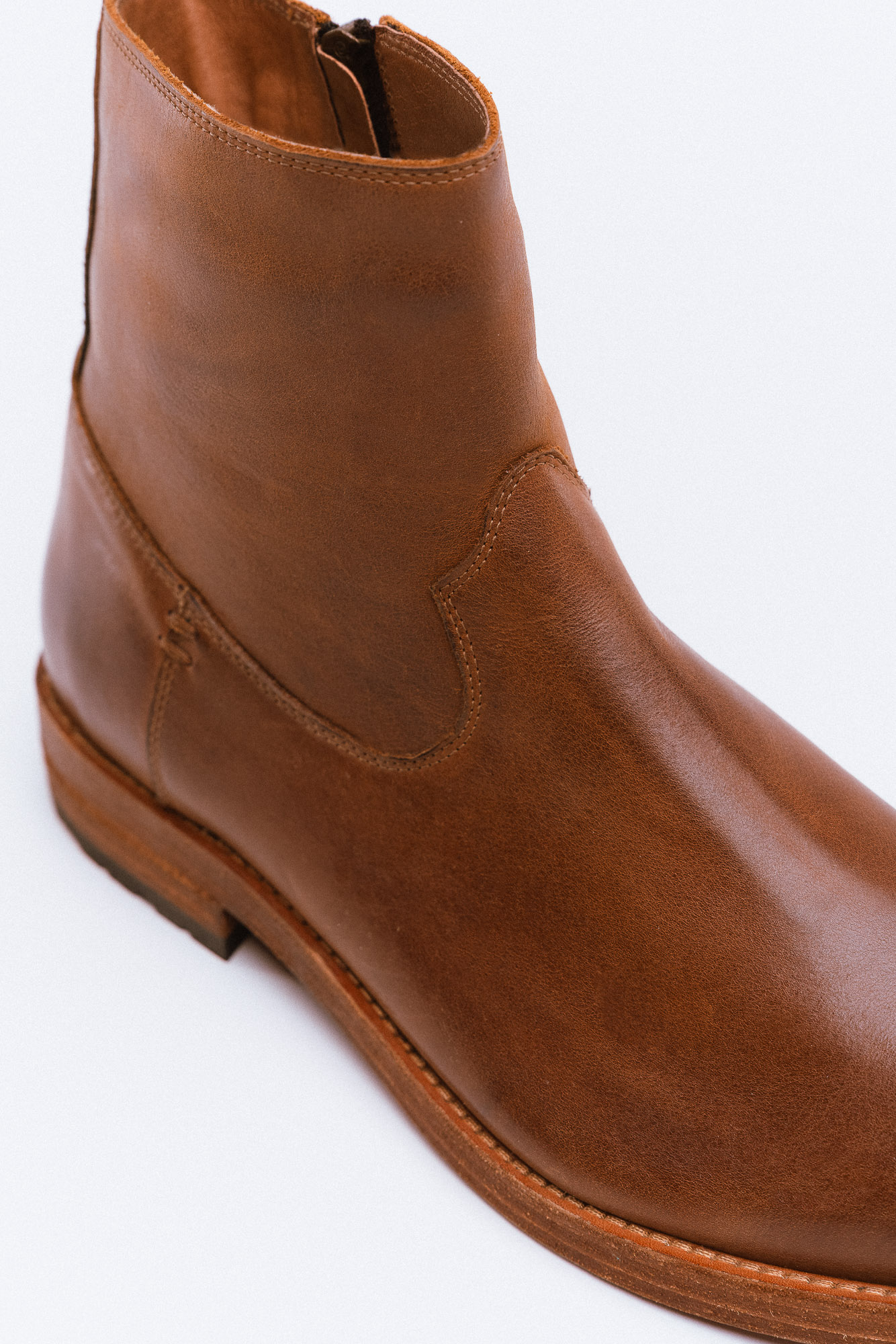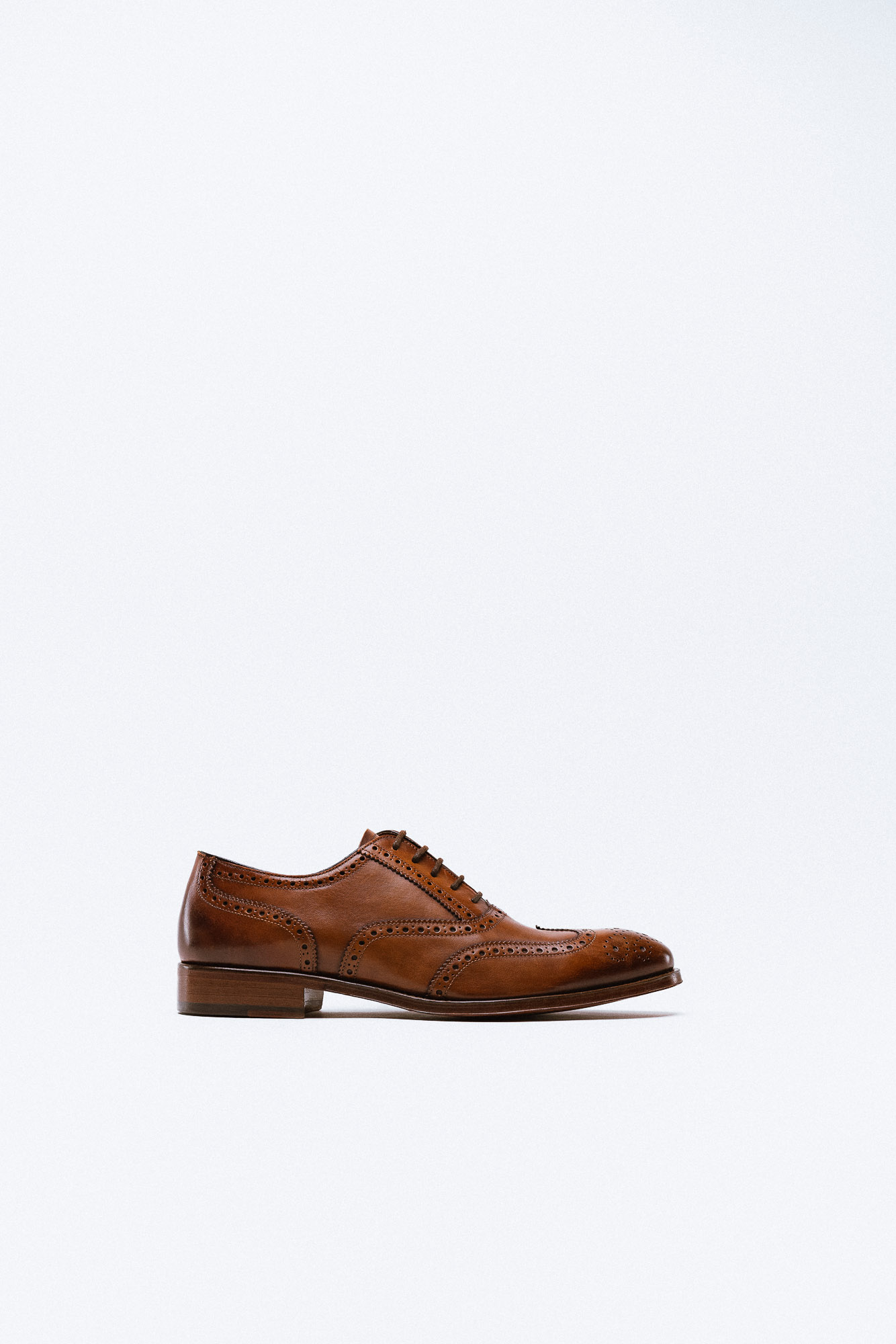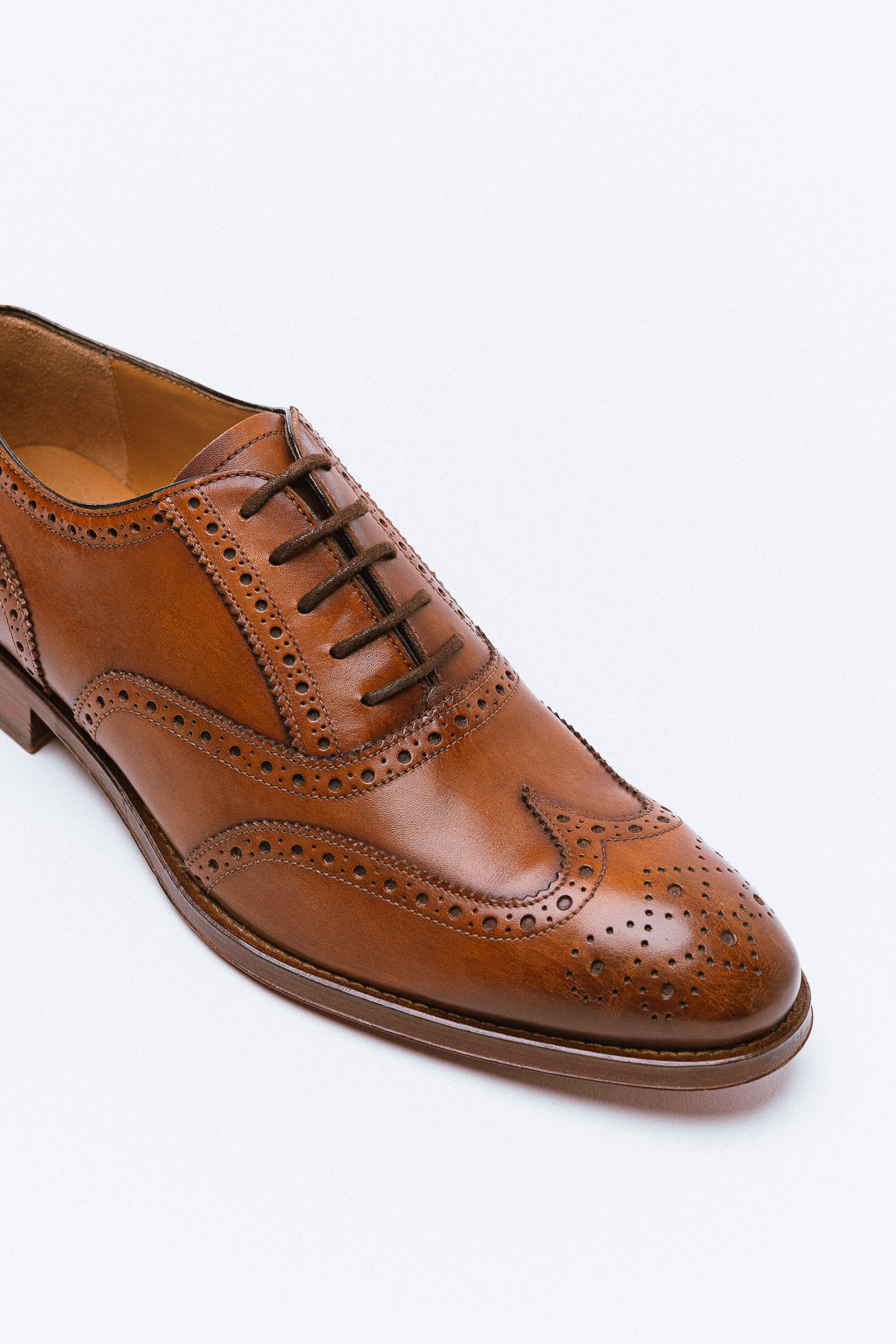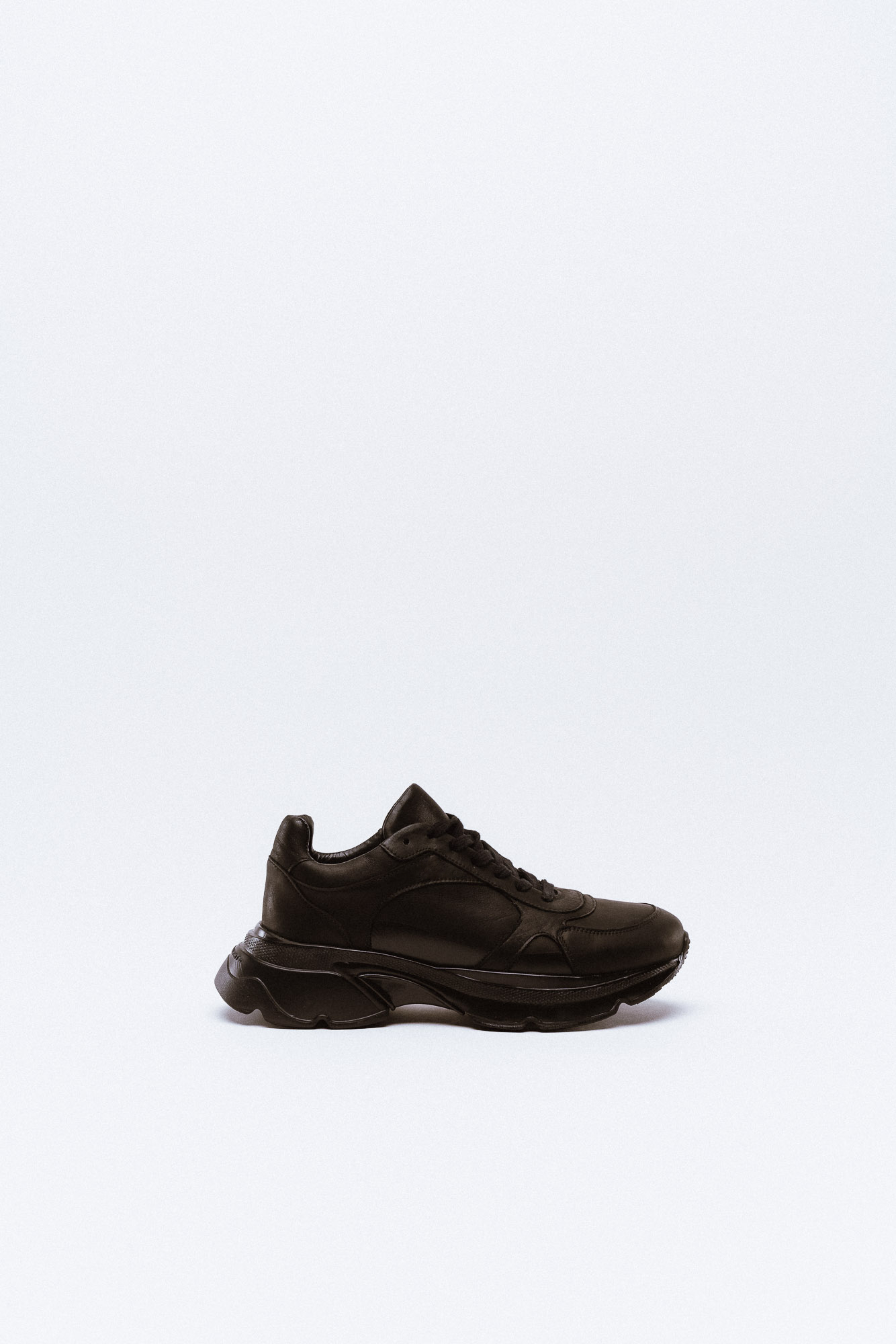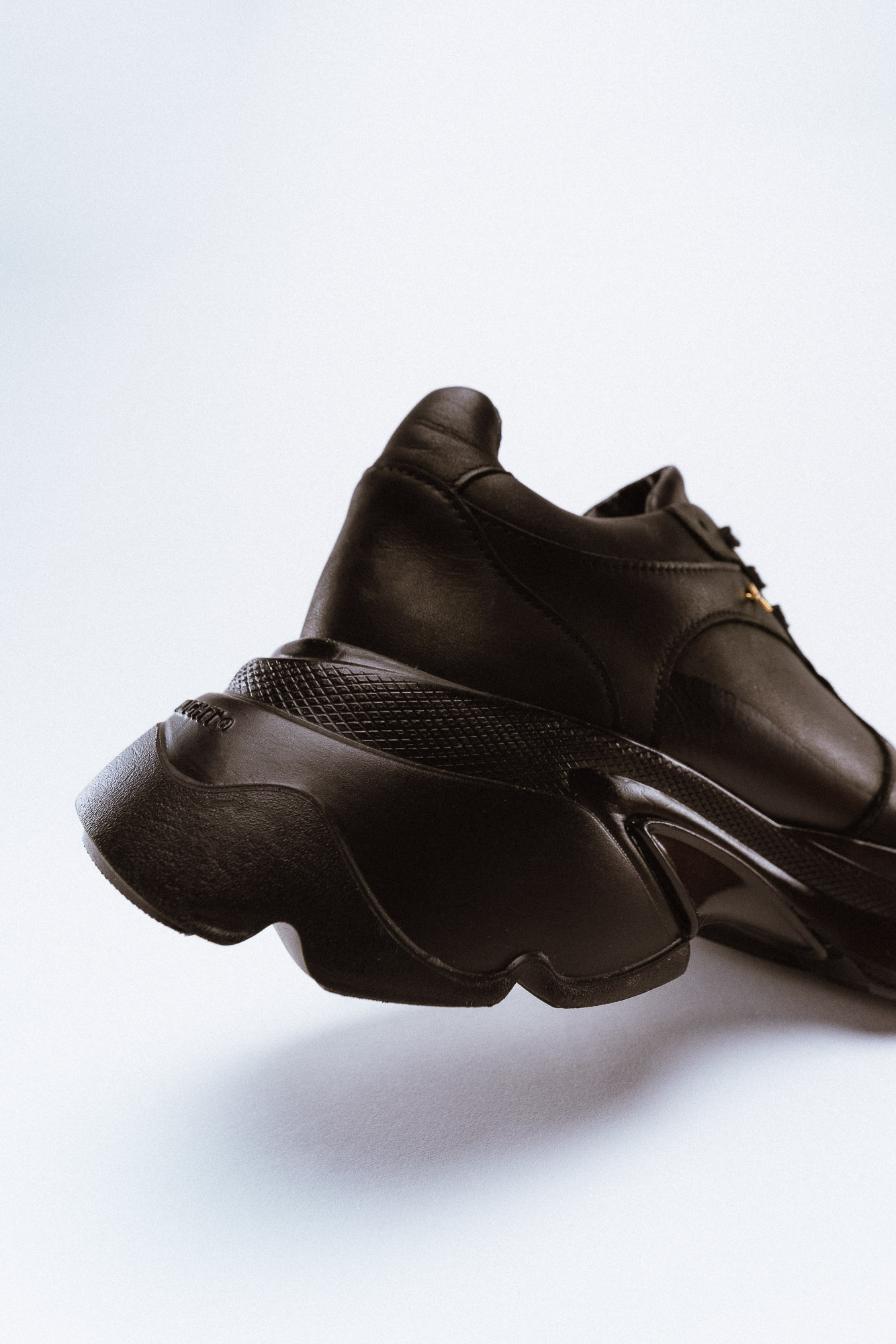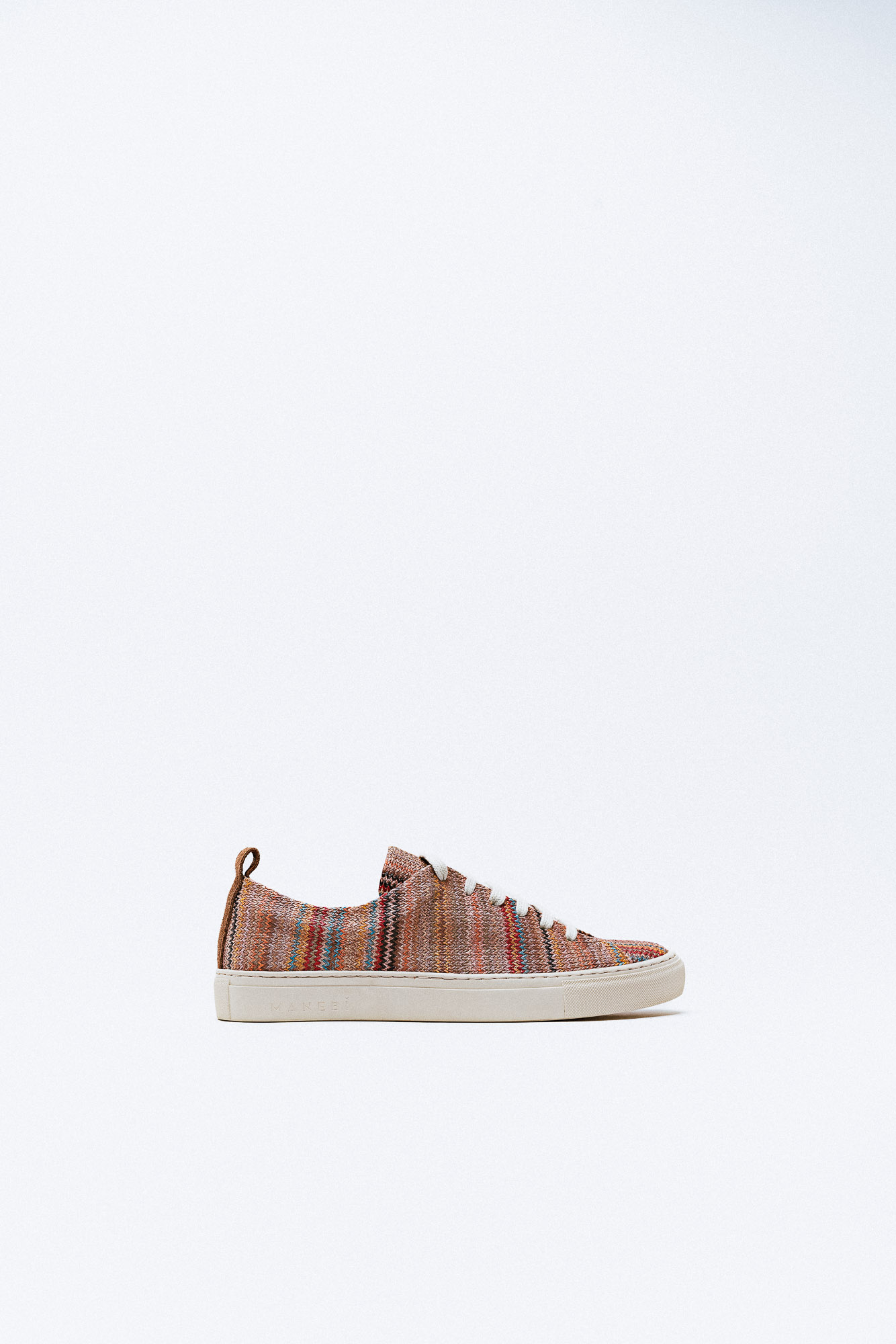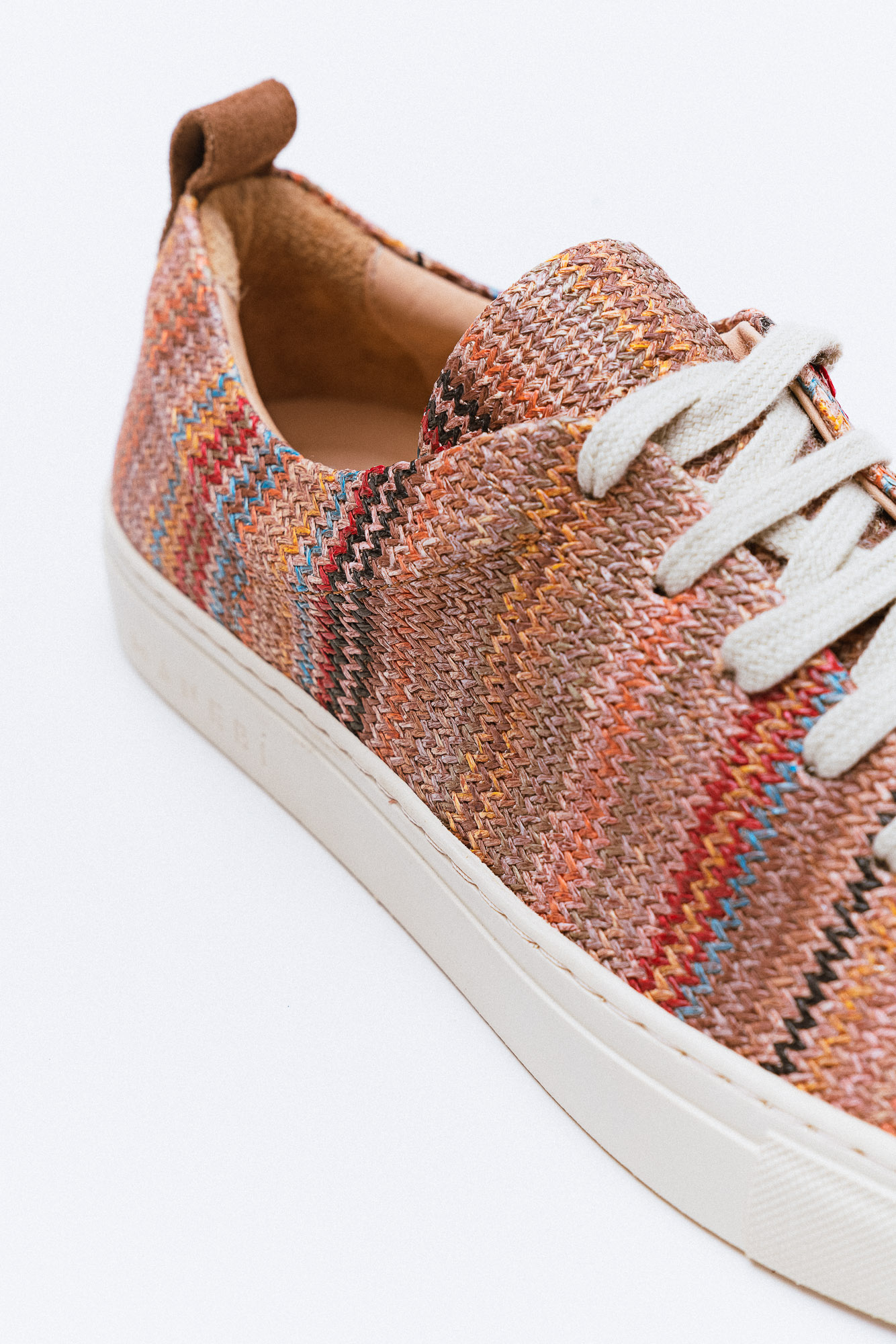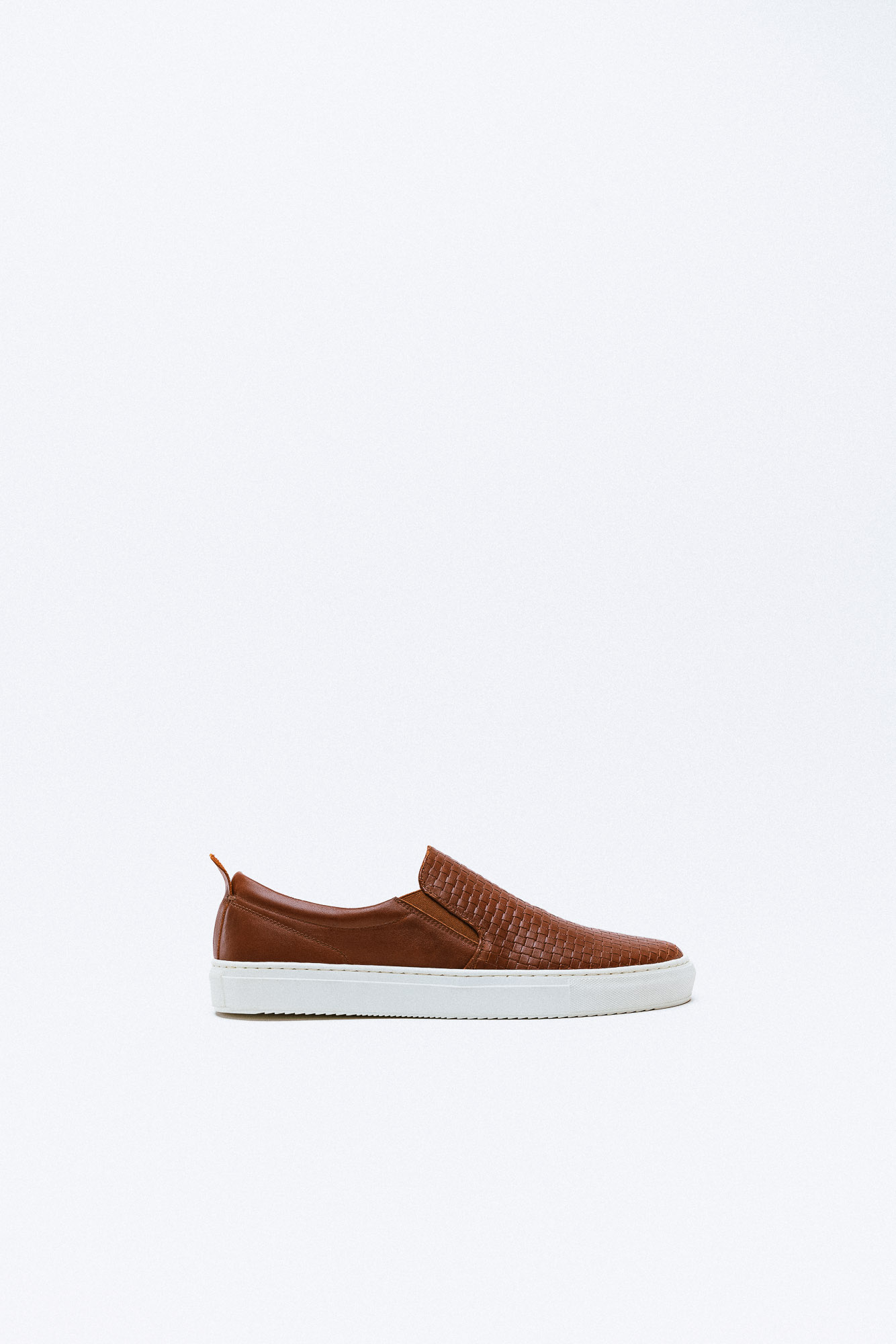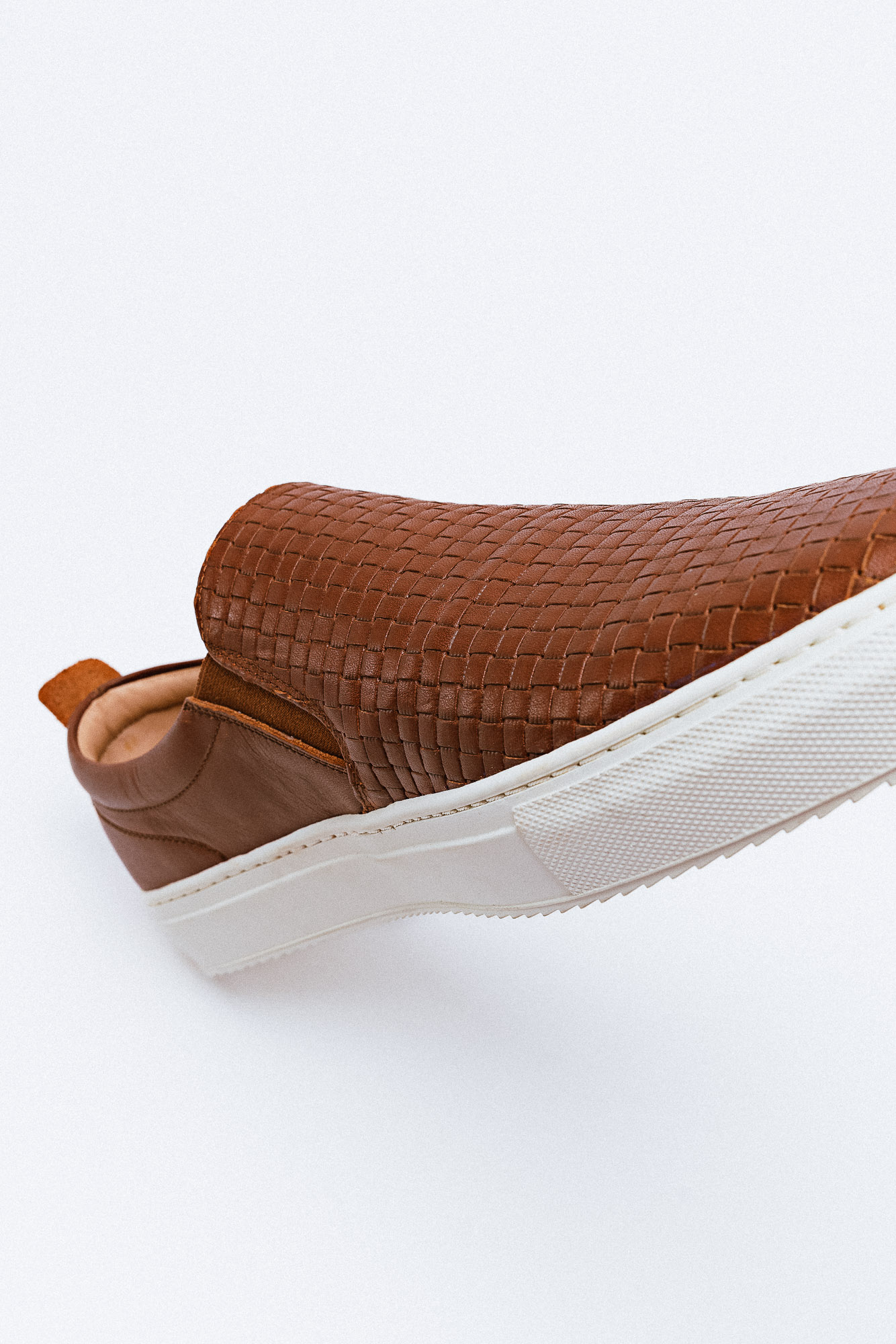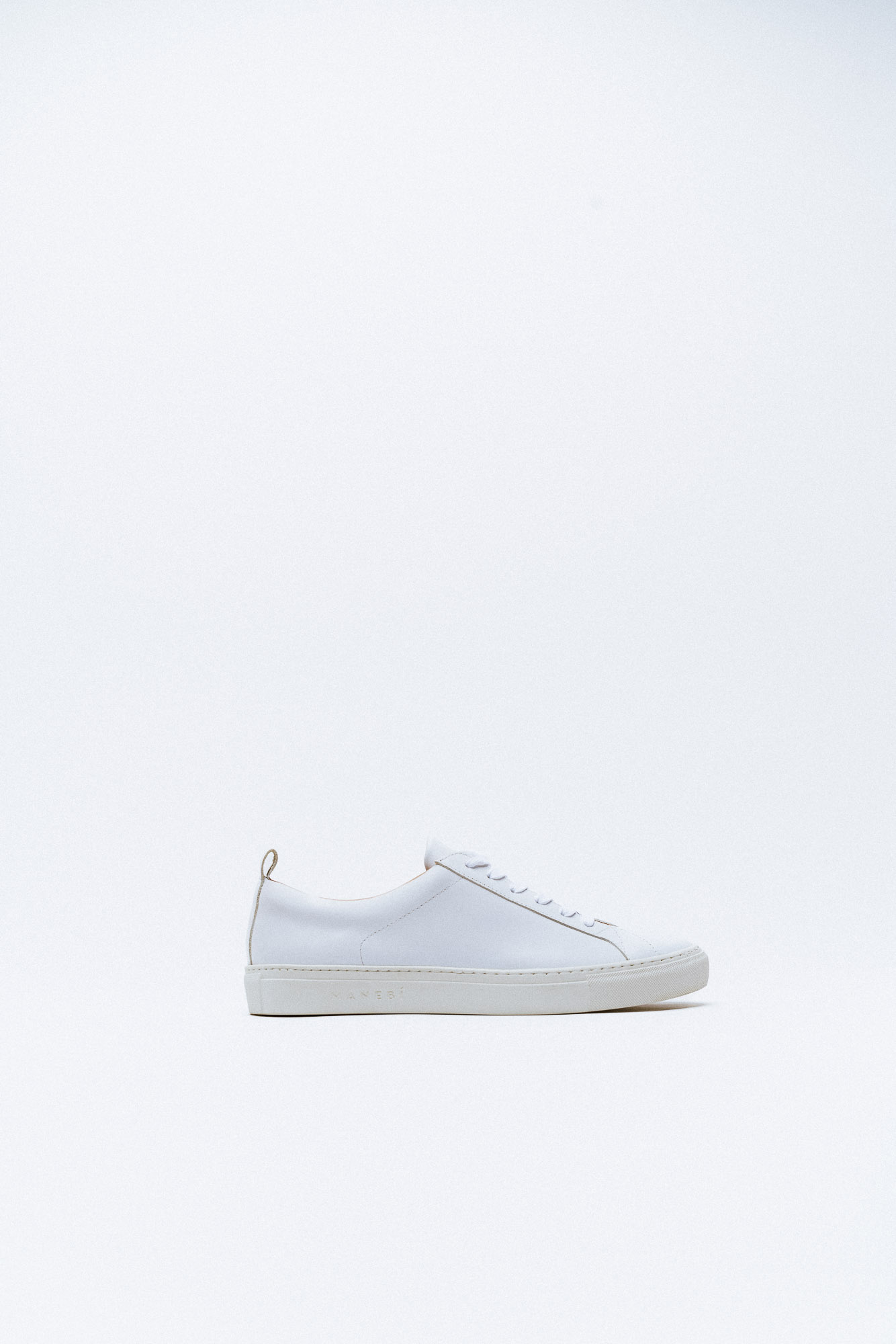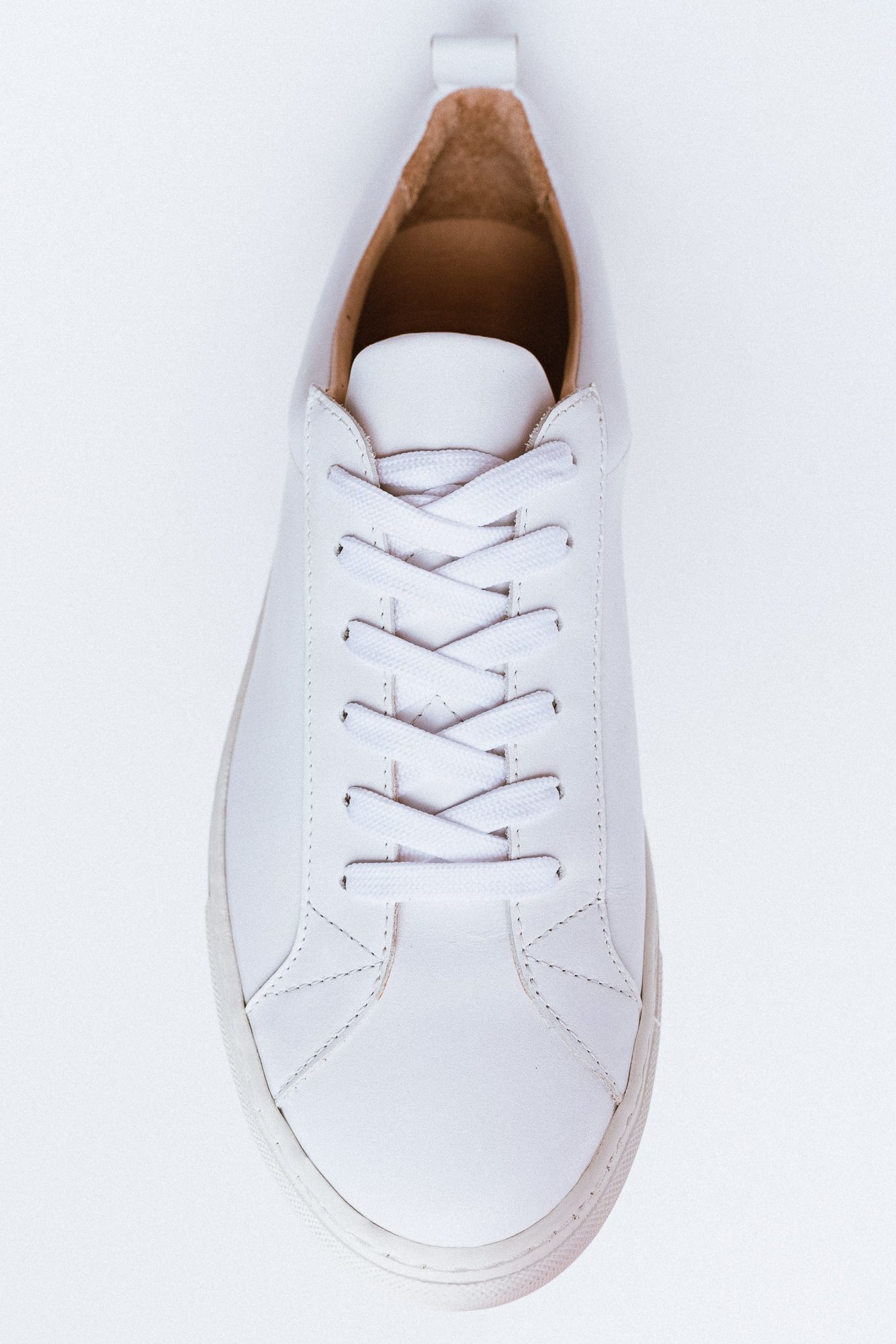After the Great War, women embraced fashion with a boyish flair — a look exemplified by Gabrielle Chanel — as the global climate accelerated their liberation. After World War II, Christian Dior invented the New Look, a sexy, joyous answer to the liberation of Paris.
Wars and pandemics are not the same, but they share the global scale and economic impact. In 2020, fashion will likely have its answer to the Covid-19 pandemic. Designers will have to make fashion relevant again, says Benjamin Simmenauer, professor at Institut Français de la Mode (IFM). “Fashion is an interpretation of the moment. That’s a big challenge. Nobody is willing to go to stores that look like a decontamination room with salespeople in masks, gloves and overalls. At the same time, there’s a fine line between essential goods and superfluous ones. Designers will have to be sensitive to the period and bring value to the consumers such as protection, comfort or cheerfulness.”
Emilie Hammen, a professor of the history and theory of fashion at IFM, says designers can be expected to react differently depending on their vision of fashion. “We can assume that the crisis will reinforce their original engagement, whether it’s ecological with the environment, or social with diversity, feminism. But we could also see some complete turnarounds.”
To be sure, the pandemic falls within Marine Serre’s post-apocalyptic vision, one in reaction to the violence of climate change, that she has been developing over the last two and a half years since she launched her label.
In fact for Serre, the mask is not new. She has been wearing an urban air protective mask herself for quite some time to ride her bicycle to work. “I realised that if I didn’t, I would die in 10 years,” the designer says in a call from her family home in Corrèze, south-western France, where she is in lockdown. She teamed up with a protective mask manufacturer to produce and has been presenting breathing masks in her last three collections. “When I started a year and a half ago, let’s face it: people said that it was quite ugly,” she recalls. “I decided to propose a look in which the mask goes unnoticed with multi-pocket green tailoring, or volumes that draw the attention elsewhere,” she says.
“I do not conceive fashion as a lie to what’s happening in the world,” says the designer. “What matters today is to look in the mirror both in regard to the fashion system — the way fashion companies are producing — and what fashion is all about. My role is to question and anticipate,” she says.
Designers have been working on their Spring/Summer 2021 collections from home for several weeks. What should we expect?
Inspiration: Protection and optimism
Protection will be key, whether it’s rethinking the silhouette to incorporate a mask and gloves or developing new performance fabrics. “We will certainly want clothes that protect us,” says Rabih Kayrouz in a call from his native Lebanon. “I want to have protection that I can take off before I go home. Our gestures will change, so clothing will adapt.”
For Serge Ruffieux, creative director who consults for a prominent Chinese fashion label, fashion’s answer to the pandemic will be “more developments in fabrics in terms of washing or even antibacterial”.
Ruffieux, who’s in lockdown in Normandy, coined the concept of “imposed apocalyptic freedom”, which he translates into “lightness and colours”. “The positive side remains for me the way to go.”
In the face of such mental and economic austerity, Lanvin creative director Bruno Sialelli says that some houses “will offer dream, naiveté and escape”. “I am on the escape side,” he says. Kenzo creative director Felipe Oliveira Baptista agrees: “Kenzo is very much anchored in optimism, the future needs this to nourish hope. It’s the time to be creative and different.”
Sharper collections
While working remotely, designers have been overcoming logistical obstacles and making trade-offs. Lanvin will replace its pre-collection with a capsule to be presented in June or July.
“We want this to be tight and substantial, it’s more of an editing job,” says Sialelli whose main SS21 collection will also be condensed. “I feel that we won’t need extended collections anymore. [This crisis is] an opportunity for each house to rethink its proposal, there aren’t really rules anymore.”
Oliveira Baptista used a capsule that was almost done as a base for the pre-collection. “It was a good starting point as it is very difficult to build a garment remotely,” he explained. The collection is ready to be produced as soon as factories reopen.
For SS21, Rabih Kayrouz decided to use his own inventory of fabrics. “It’s a kind of in-house recycling and it took some stress off of us.” He also decided to trim down to two collections per year, a move he has been considering for quite some time. The crisis pushed him to go for it. “We must stop over-creating and overproducing,” he explains.
Thoughtful fashion shows
The British Fashion Council announced that London Fashion Week would go forward in June with a digital platform, in response to the coronavirus crisis. Meanwhile, the Fédération de la Haute Couture et de la Mode, French fashion’s governing body, has cancelled the upcoming men’s and haute couture fashion weeks, but said that it is working on “alternative projects” with its members without detailing and has so far maintained that Paris Fashion Week should go as planned in September, as a physical event. (Although Saint Laurent has already opted out.)
“We are all clear about the fact that asking 600 guests to take a flight is not a good idea. We are working on a new way to communicate and engage with retailers and the press,” says Serre, who’s sceptical about the basic digital fashion show format. “From the moment we engage with the public in a new way, it’s weird to stage the digital show in the same way, to conceive a catwalk without an audience. The very idea of the catwalk is to be close to the models. It’s the point of a front row and a straight line.”
Simmenauer also questions the relevance of digital fashion shows. “They are lacking exclusivity, the social excitement of the front row and they are no celebration,” he says. However, in the same way people watch Netflix, they might want to watch a digital fashion show.”
Originally posted at Vogue Bussiness

